Throughout the 2000s, New York City faced several major snowstorms that buried streets, closed airports, and brought the fast-paced city to a standstill. These events tested the city’s infrastructure and left lasting images of a metropolis transformed by winter weather.
The Presidents’ Day Storm of 2003
On February 16th and 17th, 2003, a powerful nor’easter hit the entire East Coast. In New York City, the storm dropped 19.8 inches of snow in Central Park, making it one of the top ten biggest snowfalls in the city’s history at the time.
The snow began on Sunday and continued into Monday, which was the Presidents’ Day holiday. This timing meant that many offices and schools were already scheduled to be closed, which helped keep traffic off the roads. The city’s three major airports—LaGuardia, John F. Kennedy, and Newark—all shut down, canceling thousands of flights and stranding travelers. The heavy, wet snow and strong winds created blizzard conditions, making visibility extremely low and travel dangerous. For two days, the city’s usually noisy streets were covered in a quiet, deep blanket of white.
Read more
The Record-Breaking Blizzard of 2006
Just three years later, New York City experienced its largest snowstorm on record. The blizzard on February 11th and 12th, 2006, dumped a historic 26.9 inches of snow in Central Park, breaking a record that had stood since 1947.
This storm was known for its intensity. Snow fell at a furious pace, sometimes accumulating at a rate of two to three inches per hour. A rare weather event called “thundersnow” also occurred, where thunder and lightning accompanied the heavy snowfall. The city was completely paralyzed. All airports closed, and the subway system, which usually runs 24/7, had to suspend service on all its outdoor lines. The mayor declared a city-wide weather emergency, ordering all non-essential vehicles off the streets so that sanitation plows could attempt to clear the main roads.
The Valentine’s Day Storm of 2007
The storm that hit on February 14, 2007, was a complex and dangerous mix of winter weather. It began as snow but quickly changed to sleet and freezing rain, creating a thick, heavy layer of ice on top of the snow that had already fallen.
Central Park recorded about a foot of snow and sleet, but the ice was the main problem. The weight of the ice snapped tree branches across the five boroughs and brought down power lines, causing scattered outages. Sidewalks and roads became sheets of ice, making any form of travel treacherous. The storm caused a significant operational collapse for JetBlue Airways at JFK Airport, where passengers were left sitting on planes on the tarmac for many hours, unable to deplane due to the icy conditions.


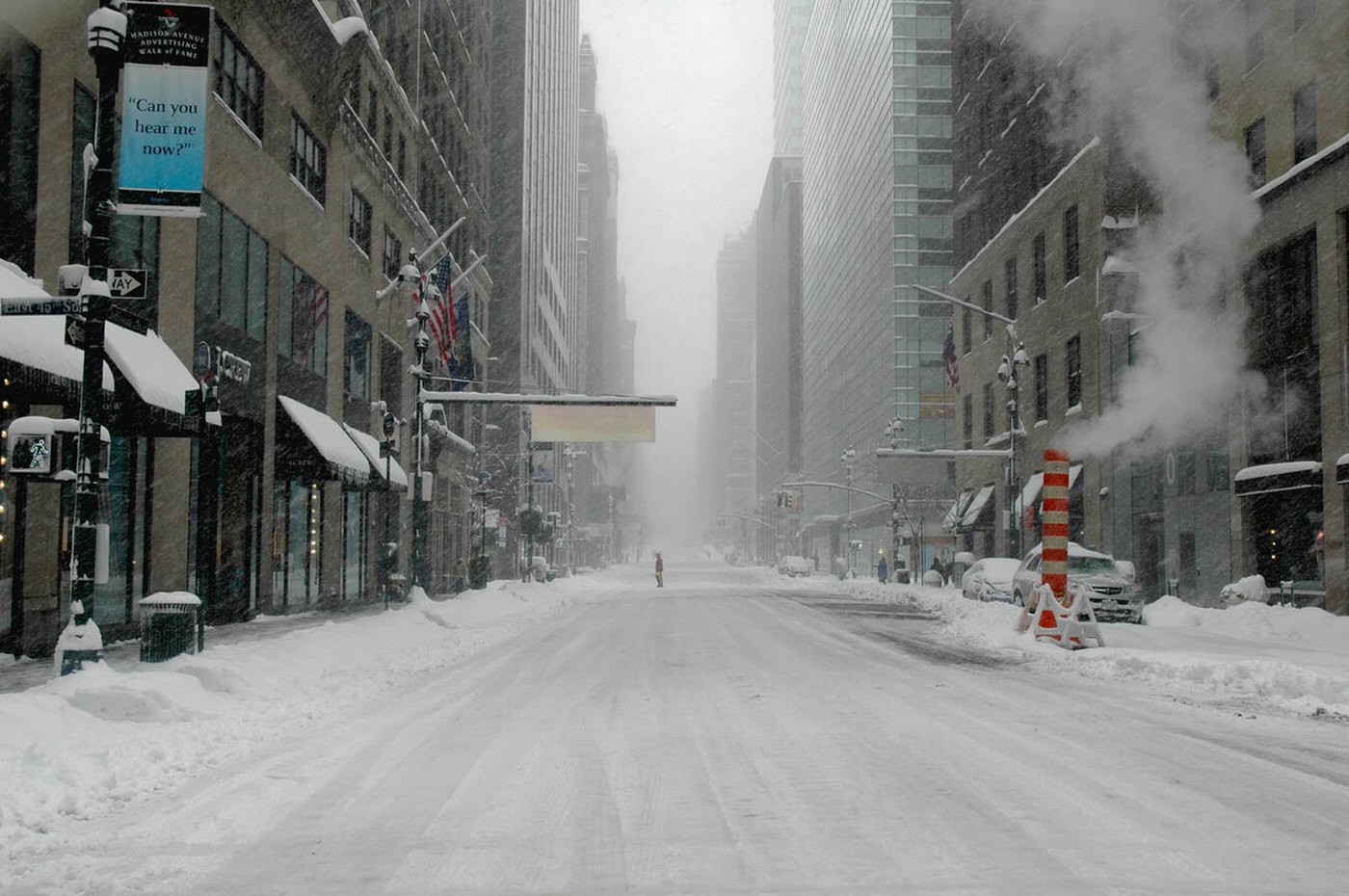

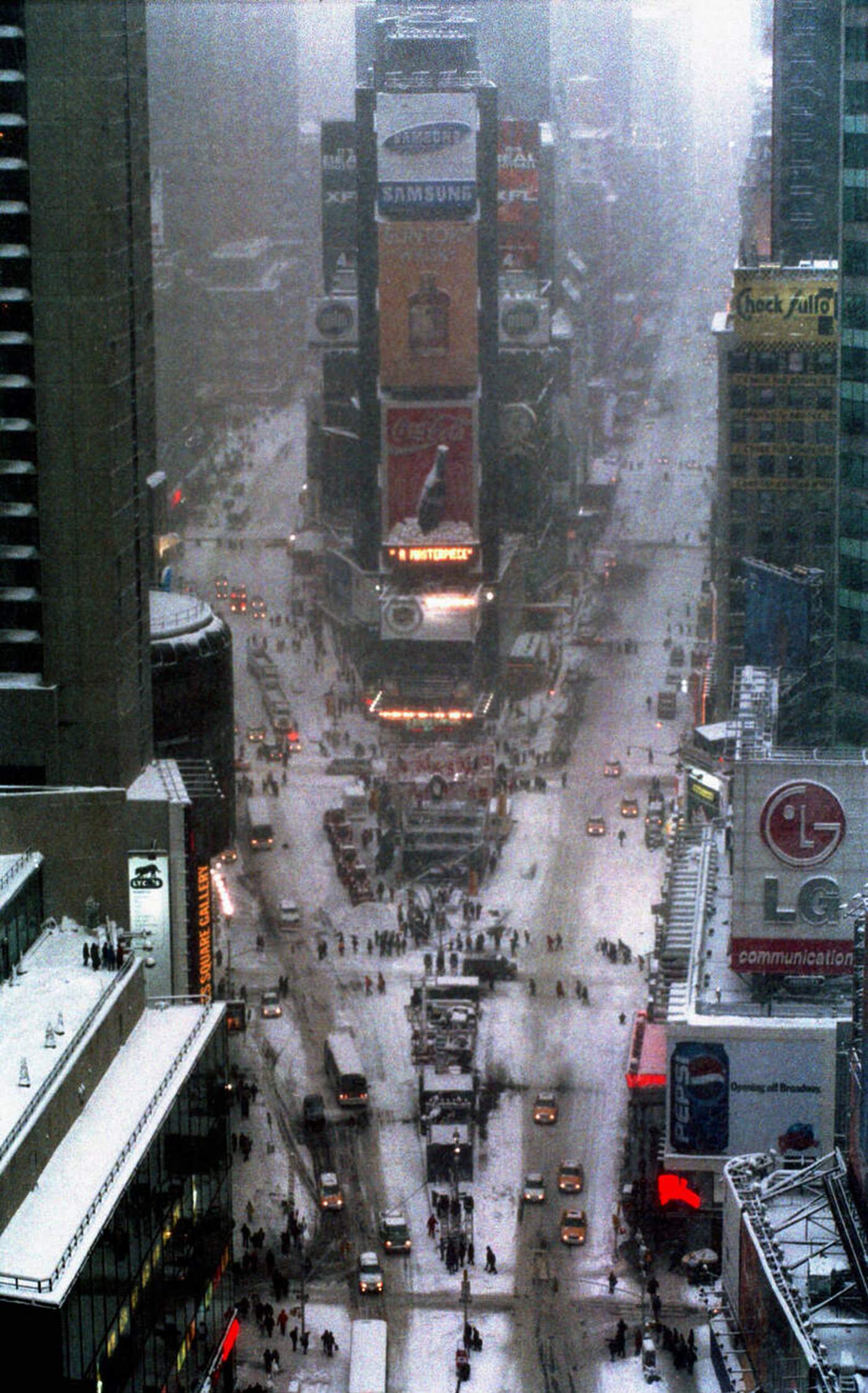
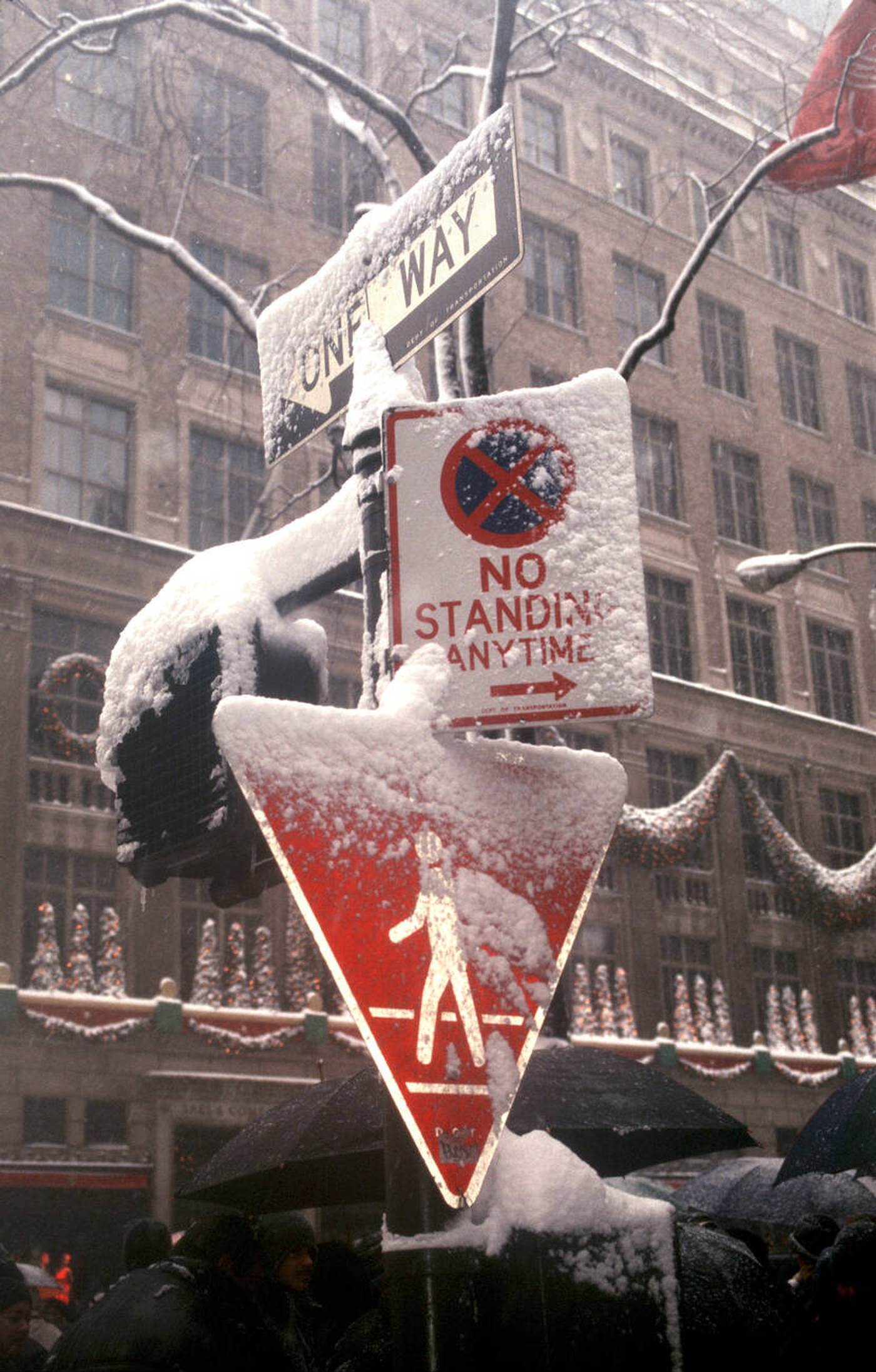
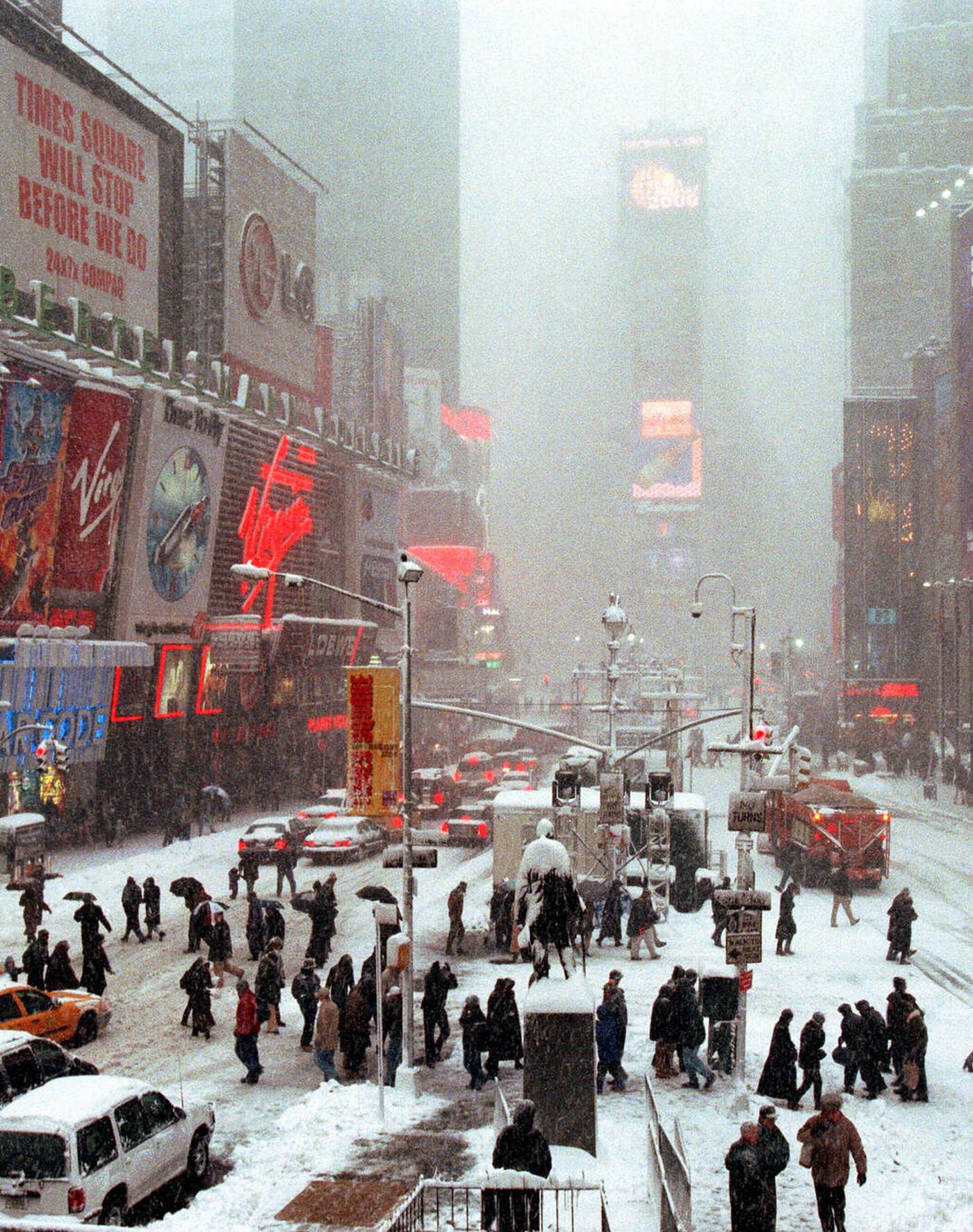

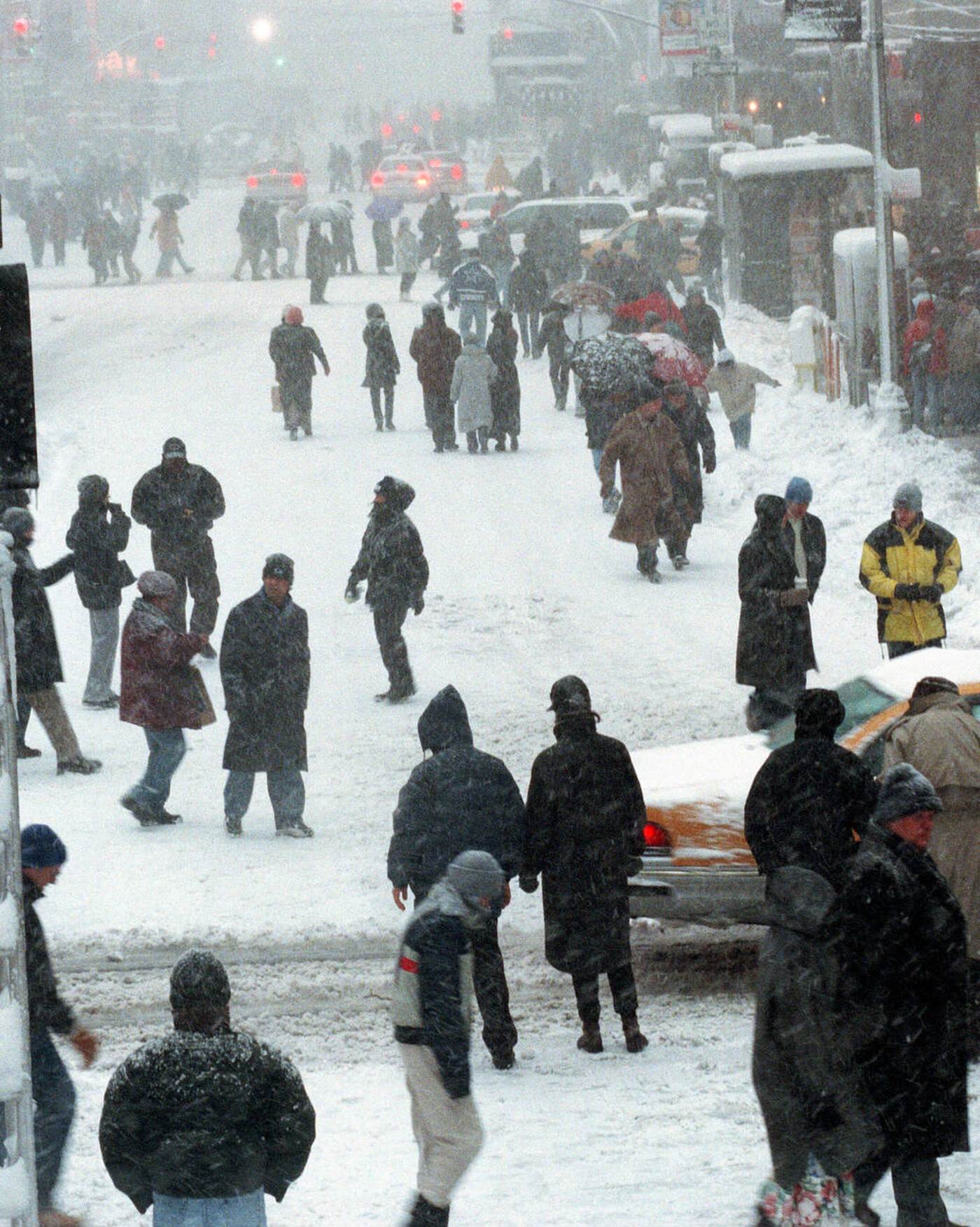
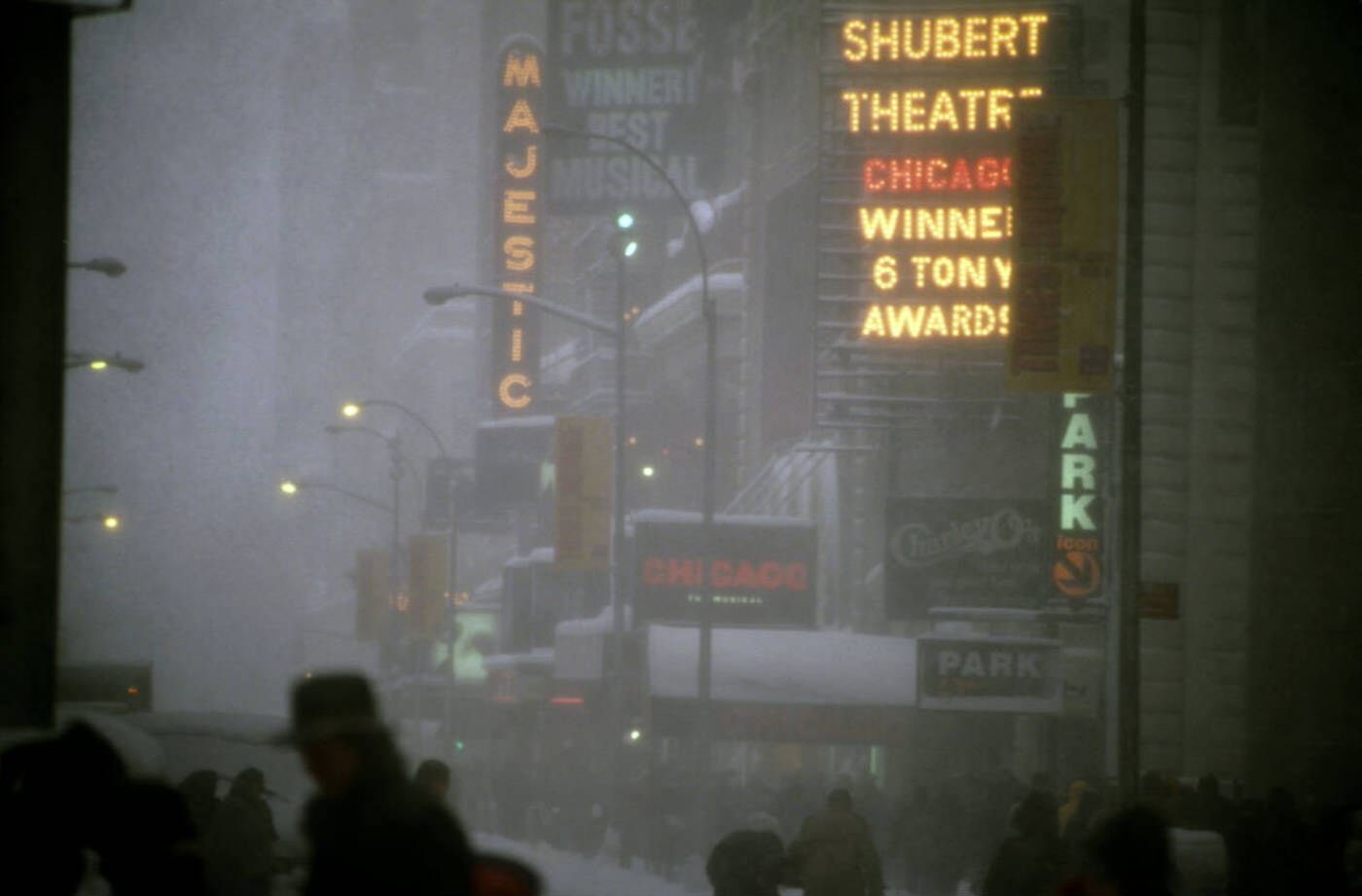
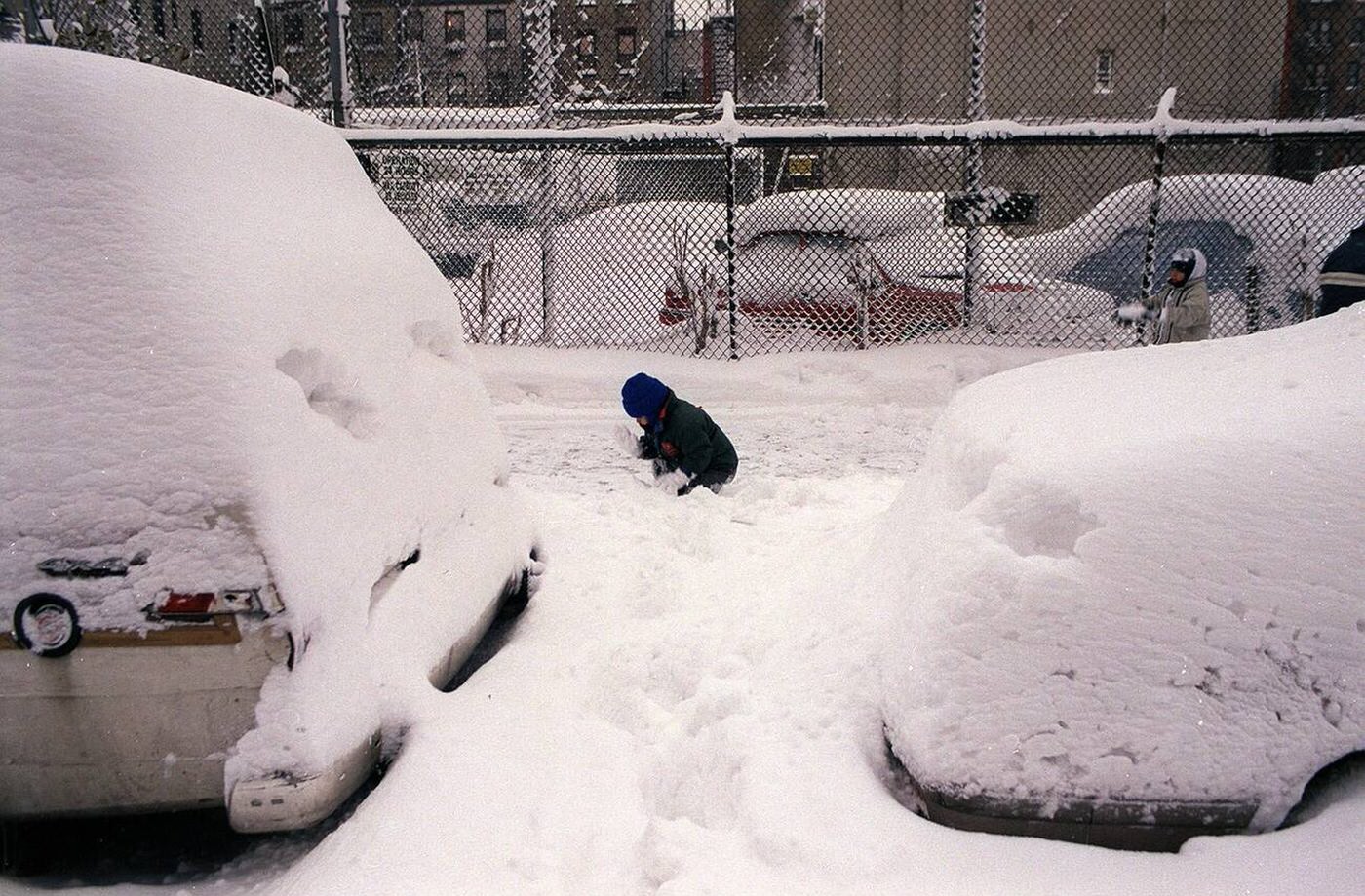
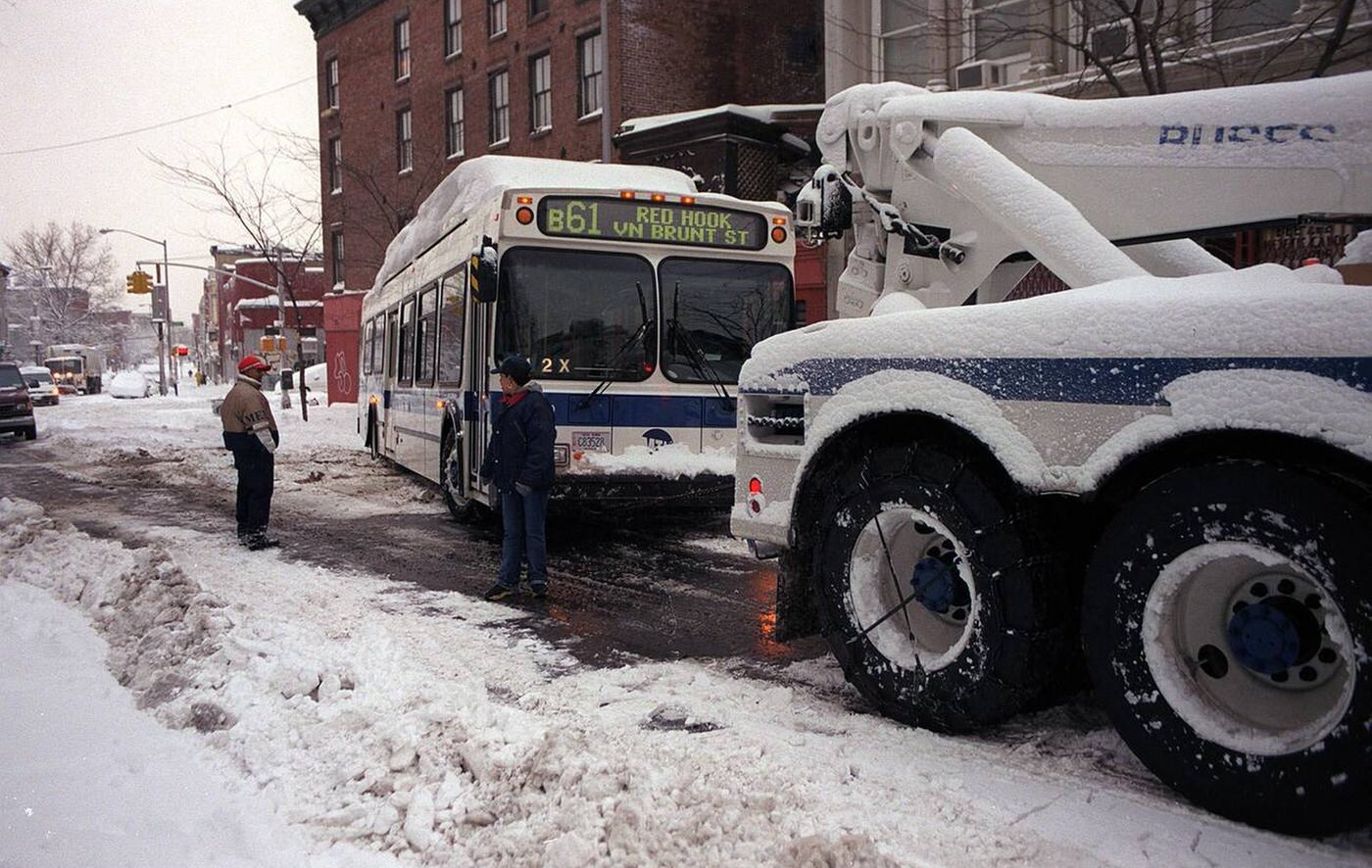
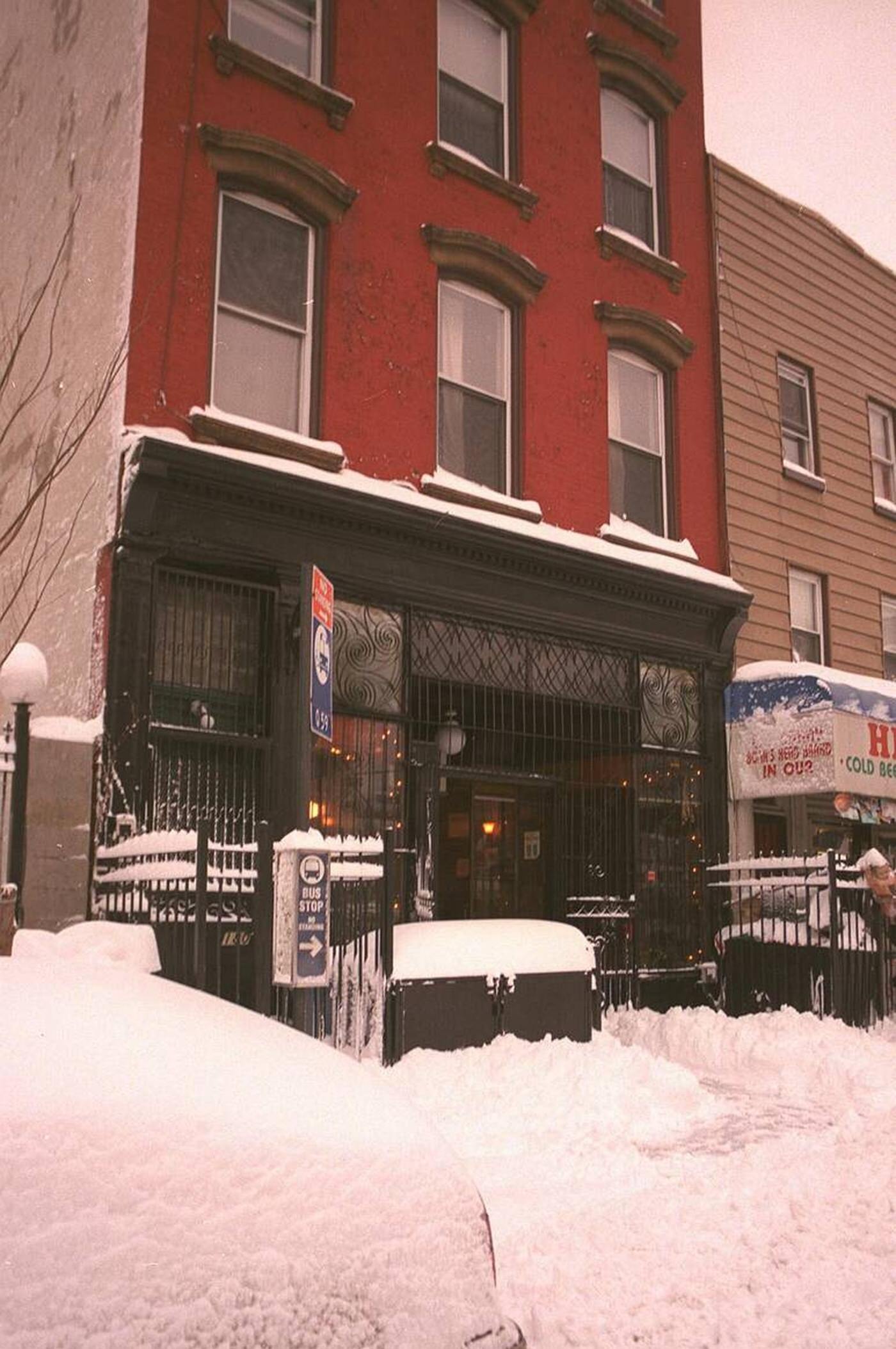
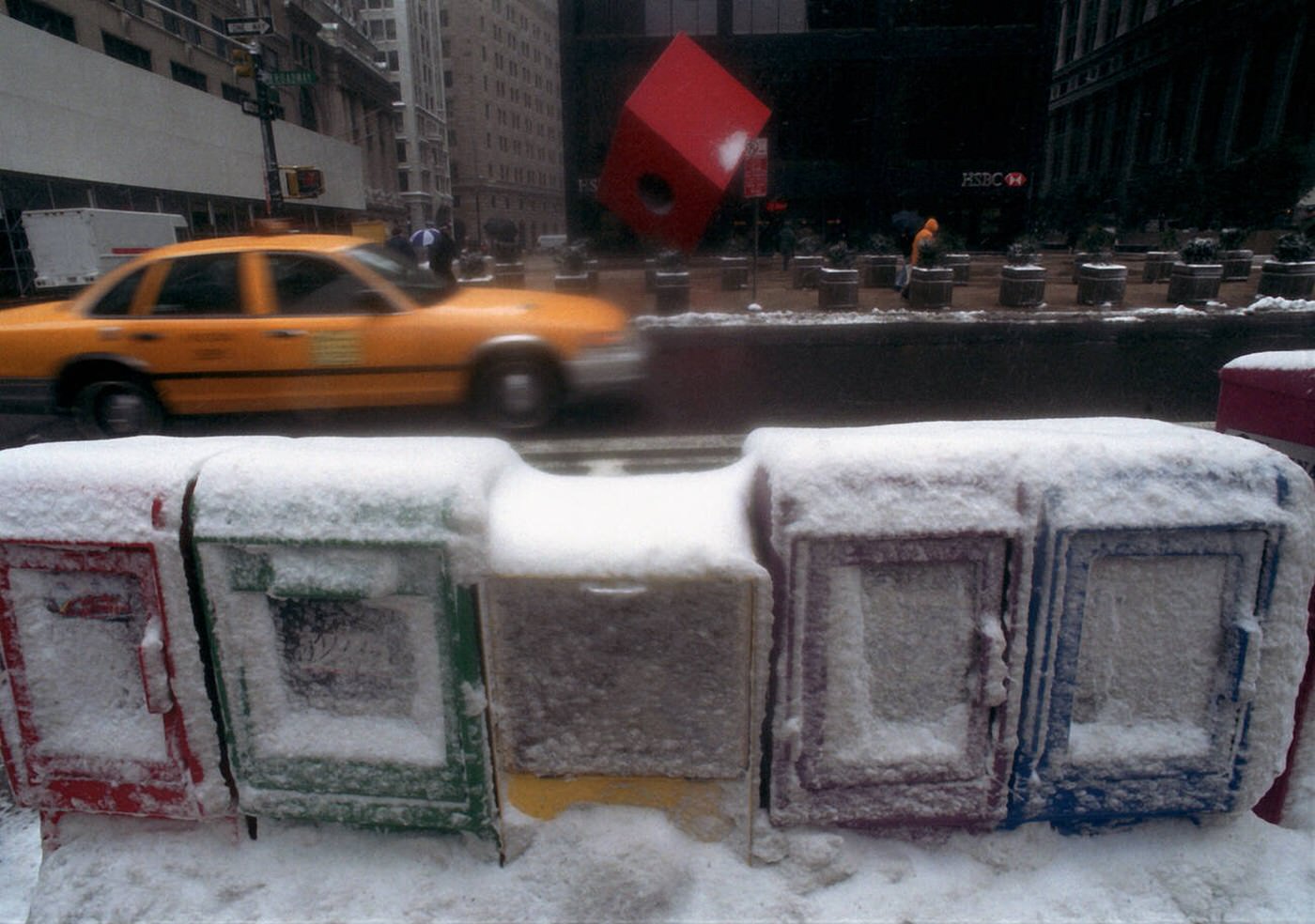
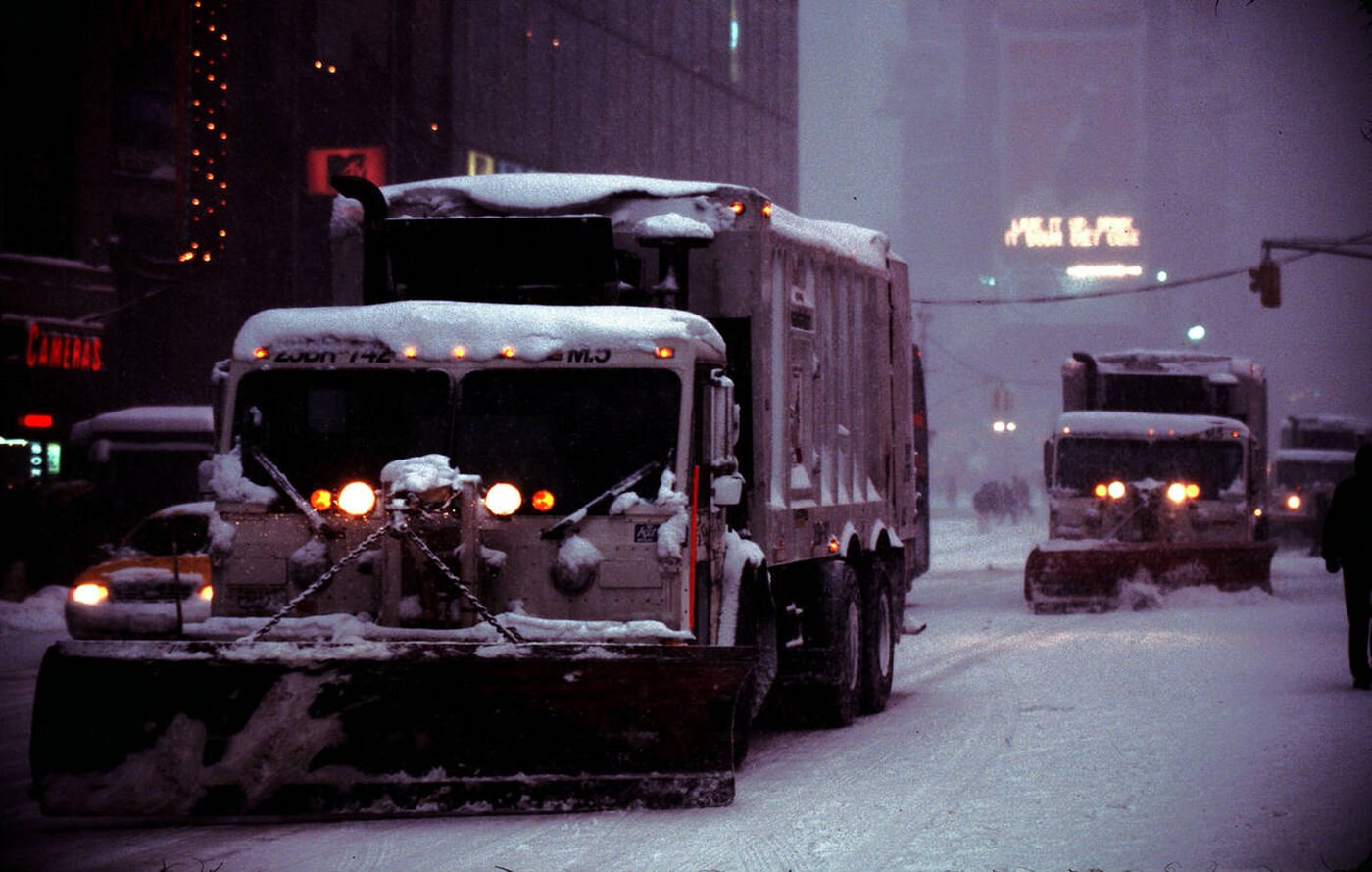

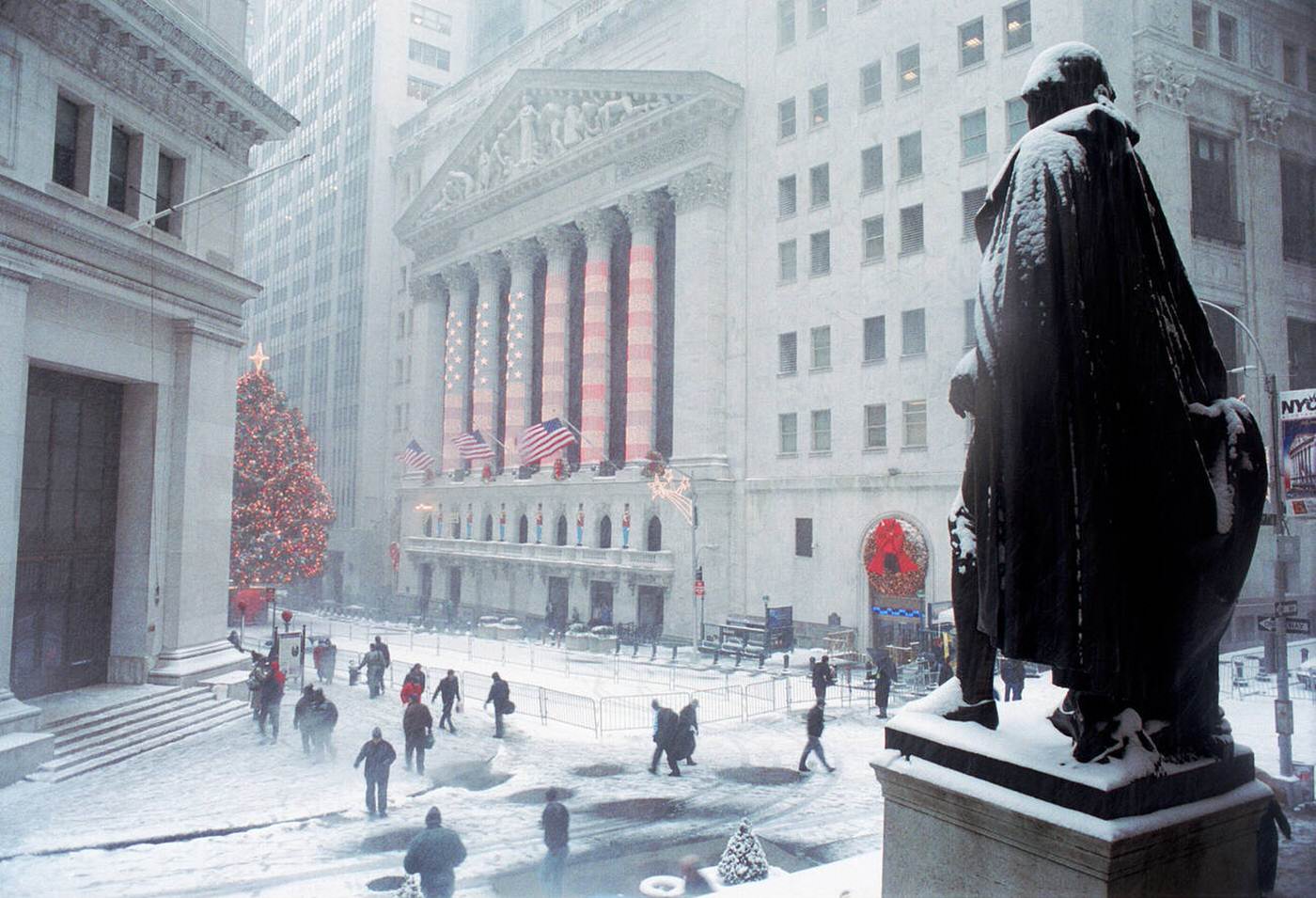
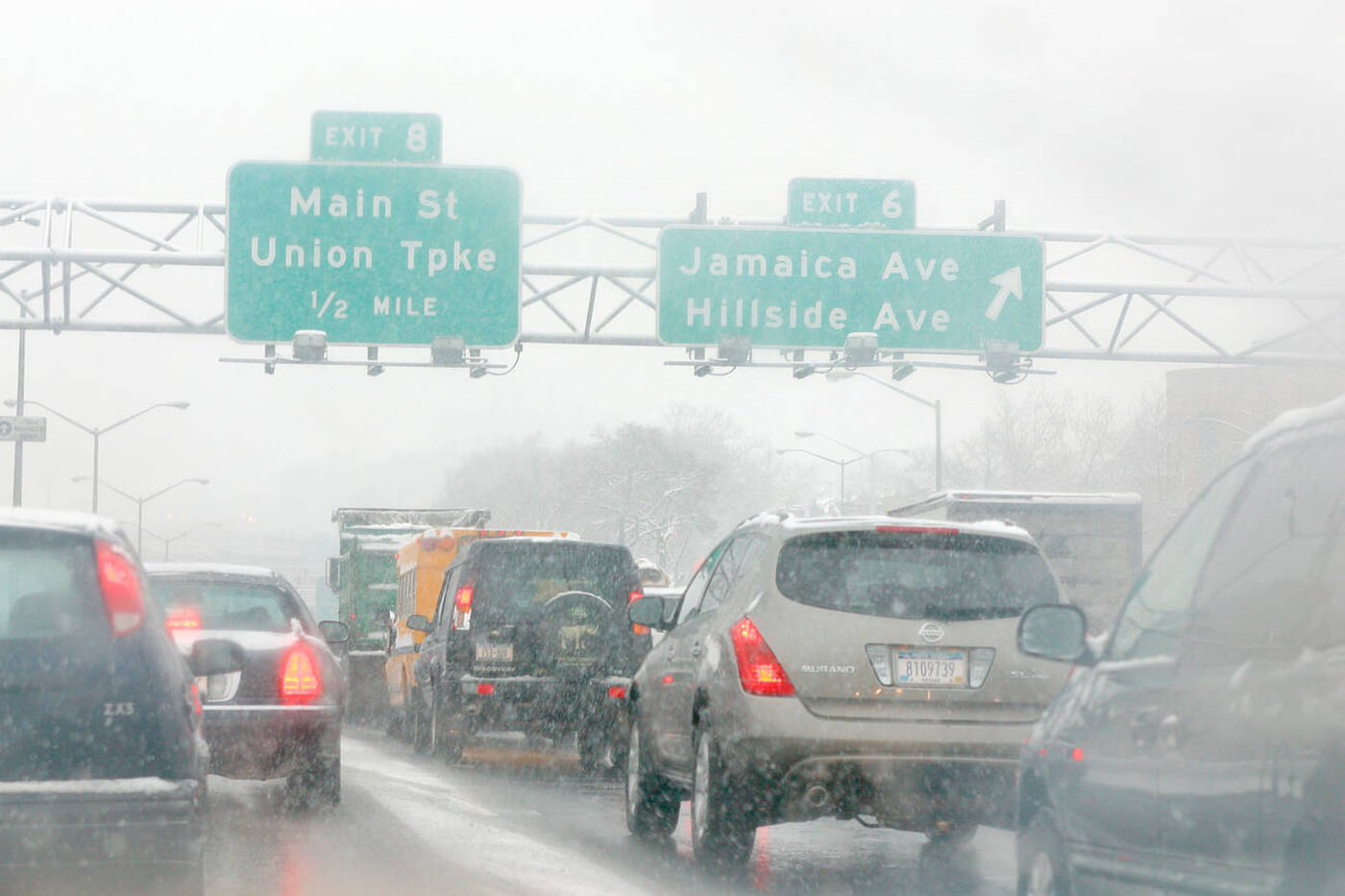
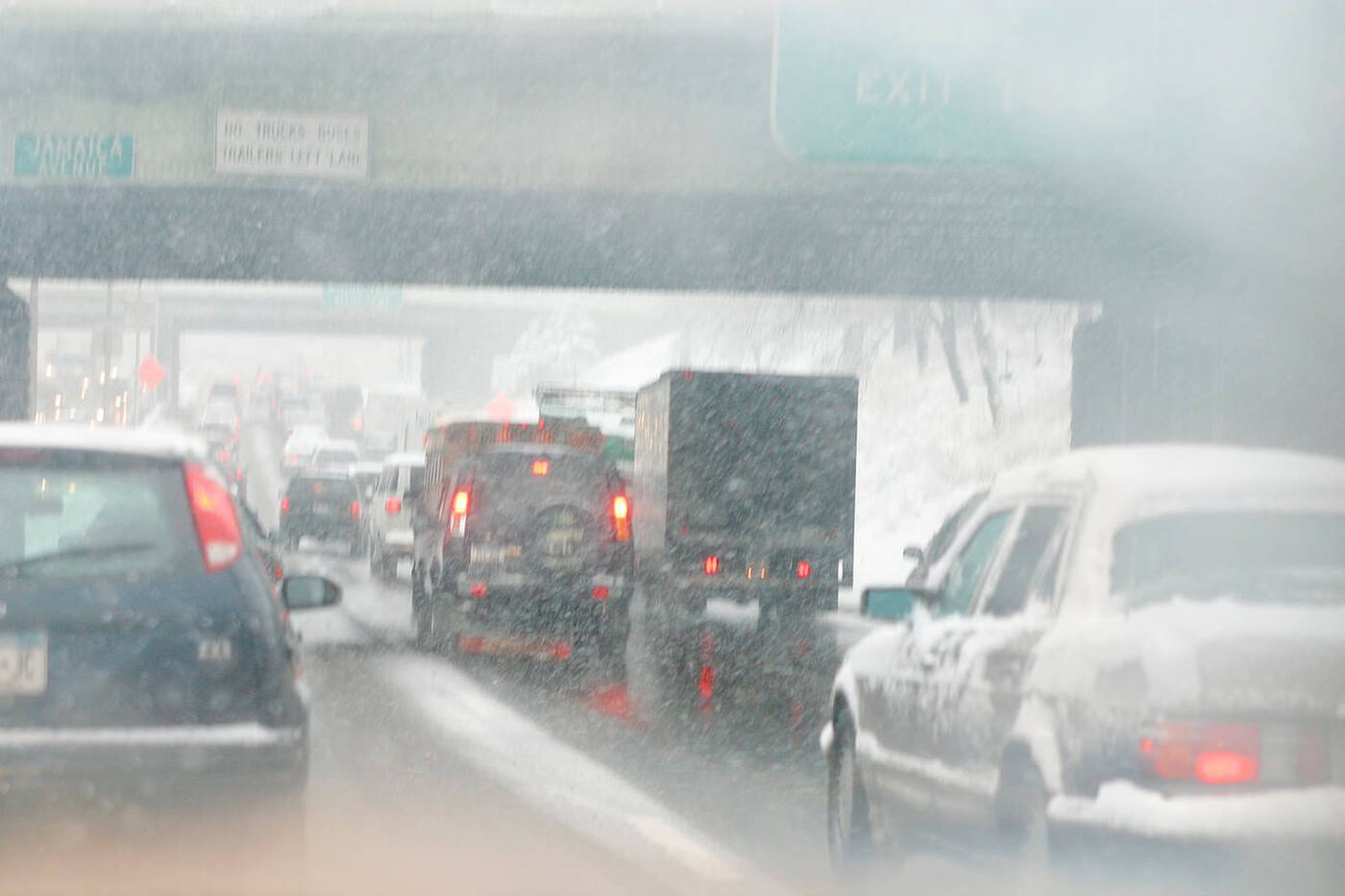
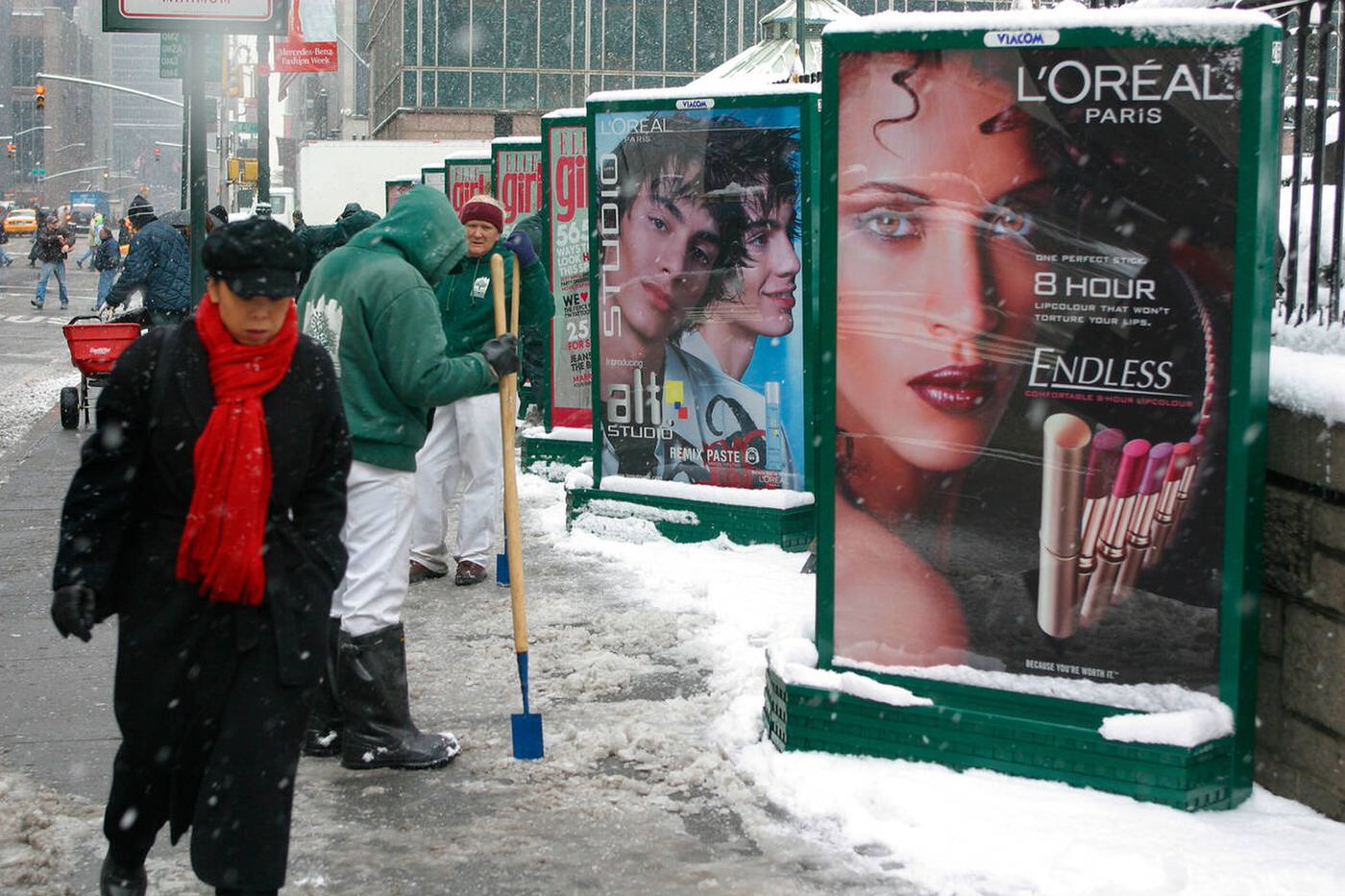

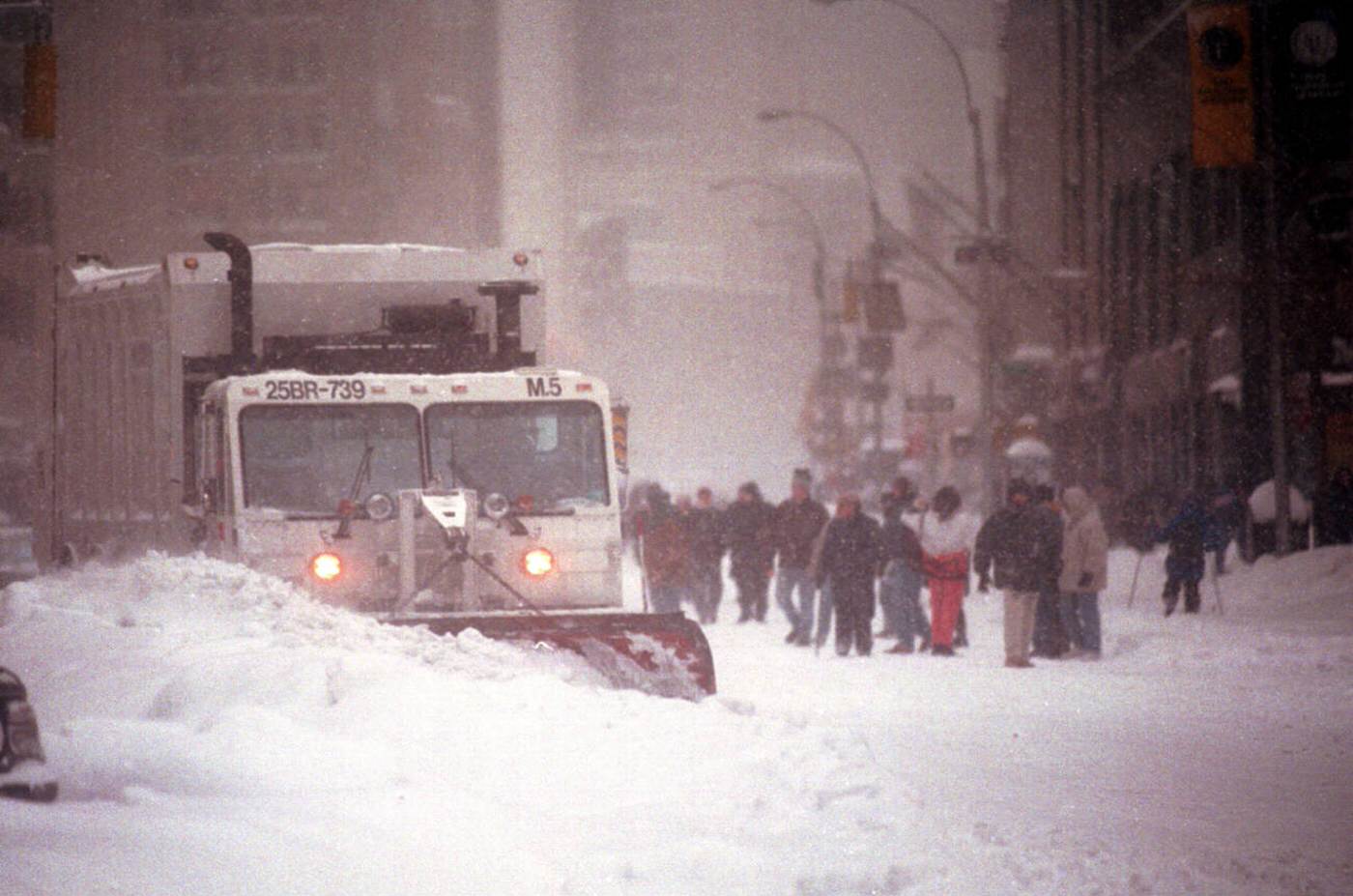
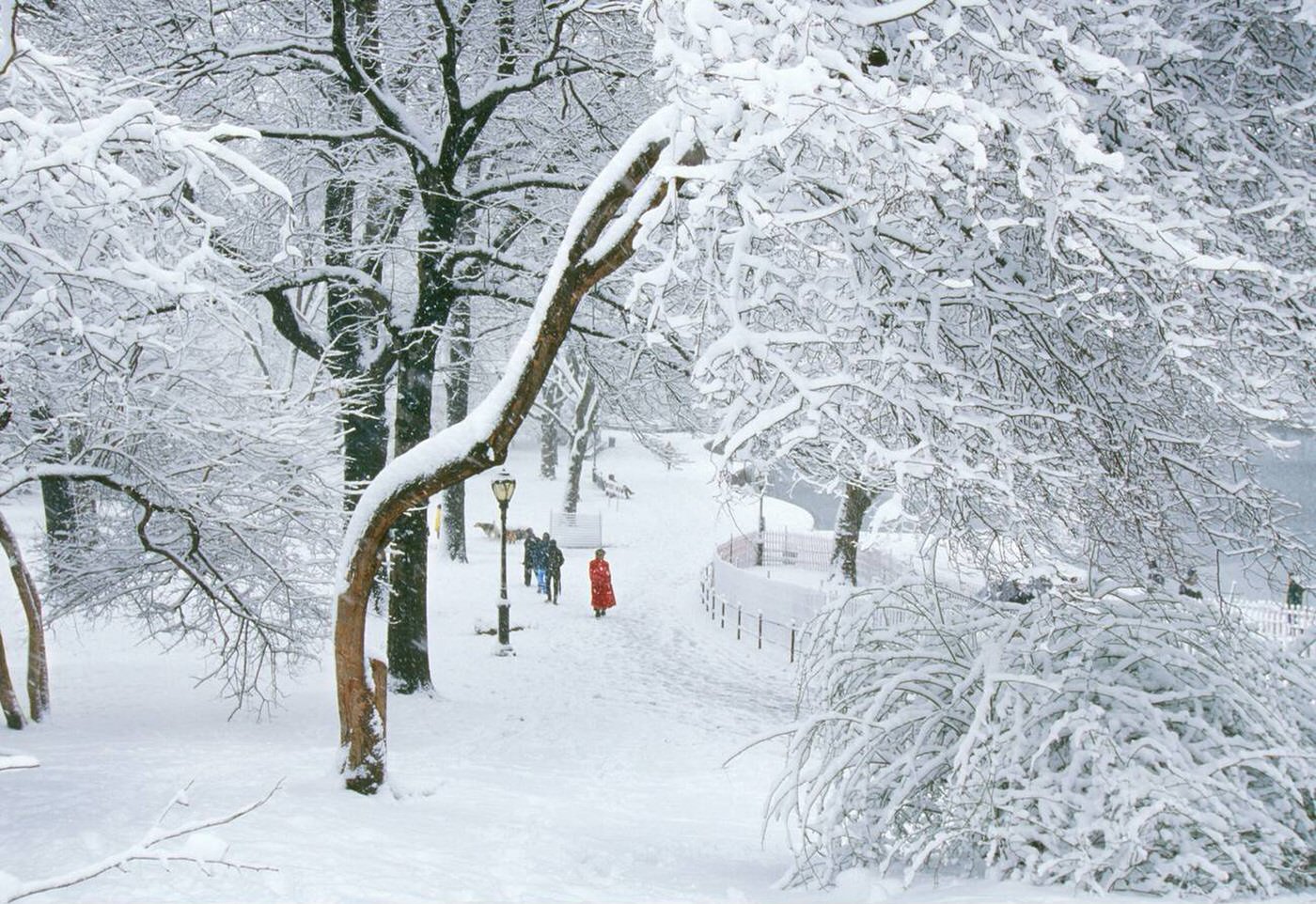
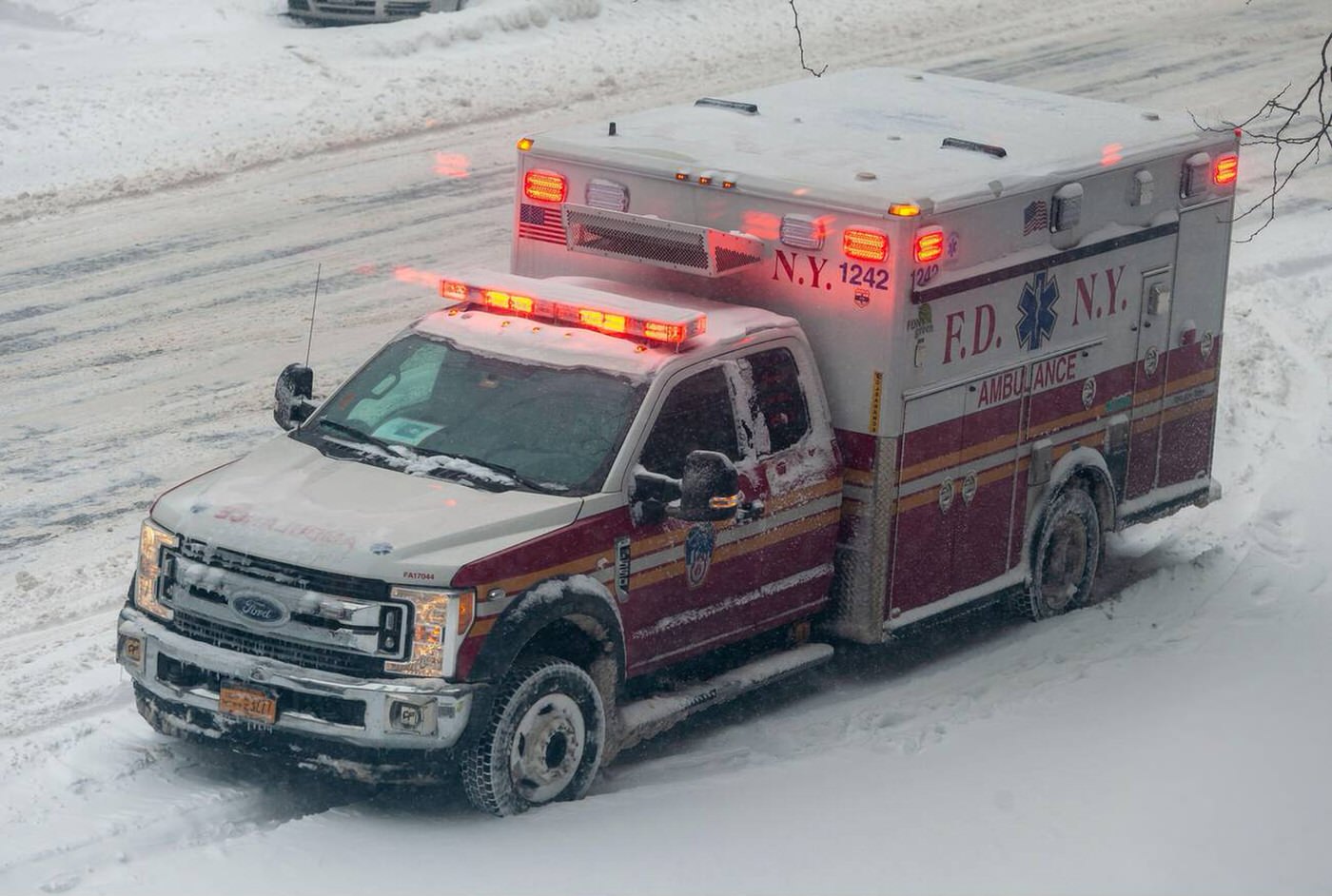

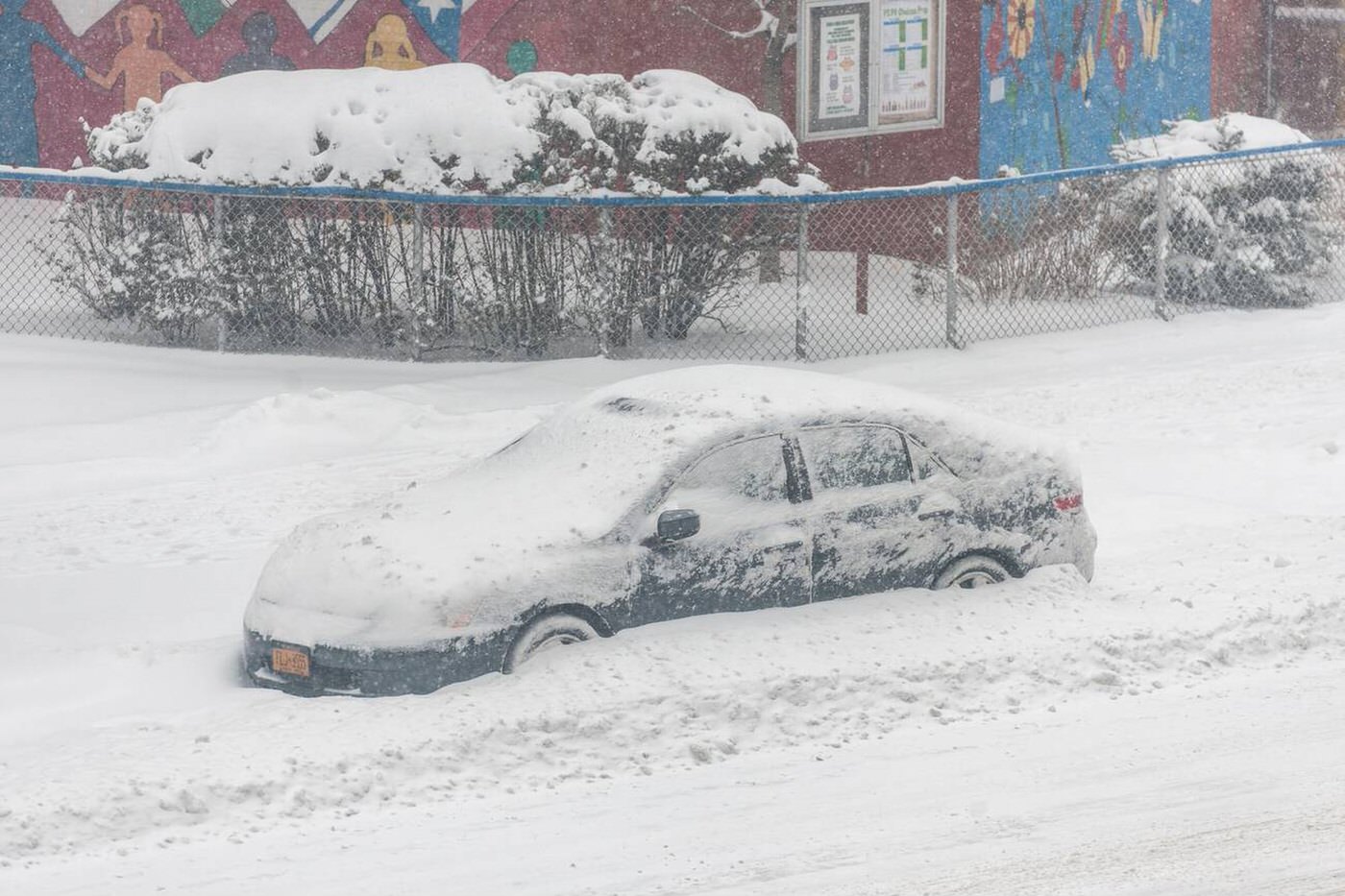
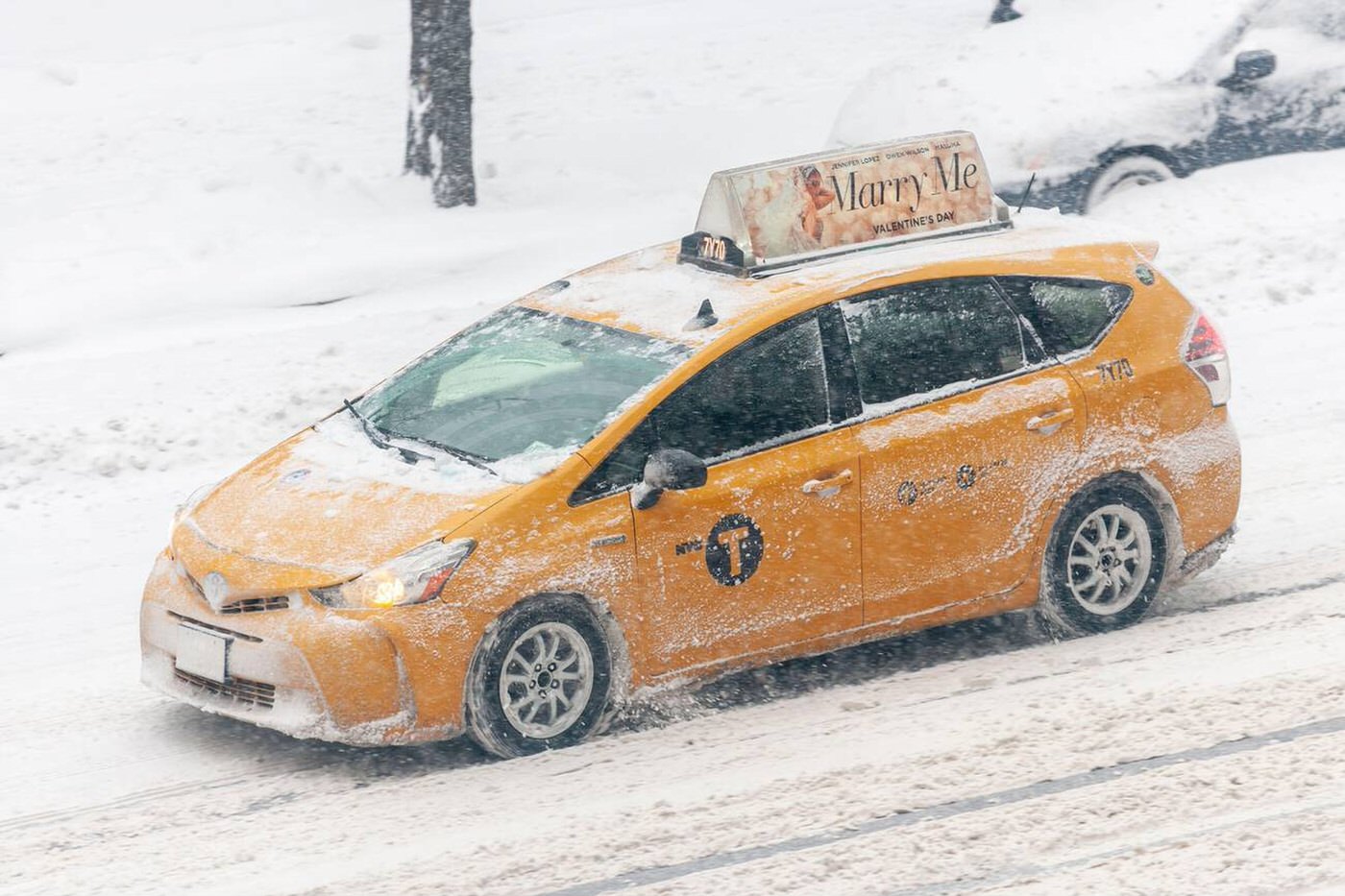
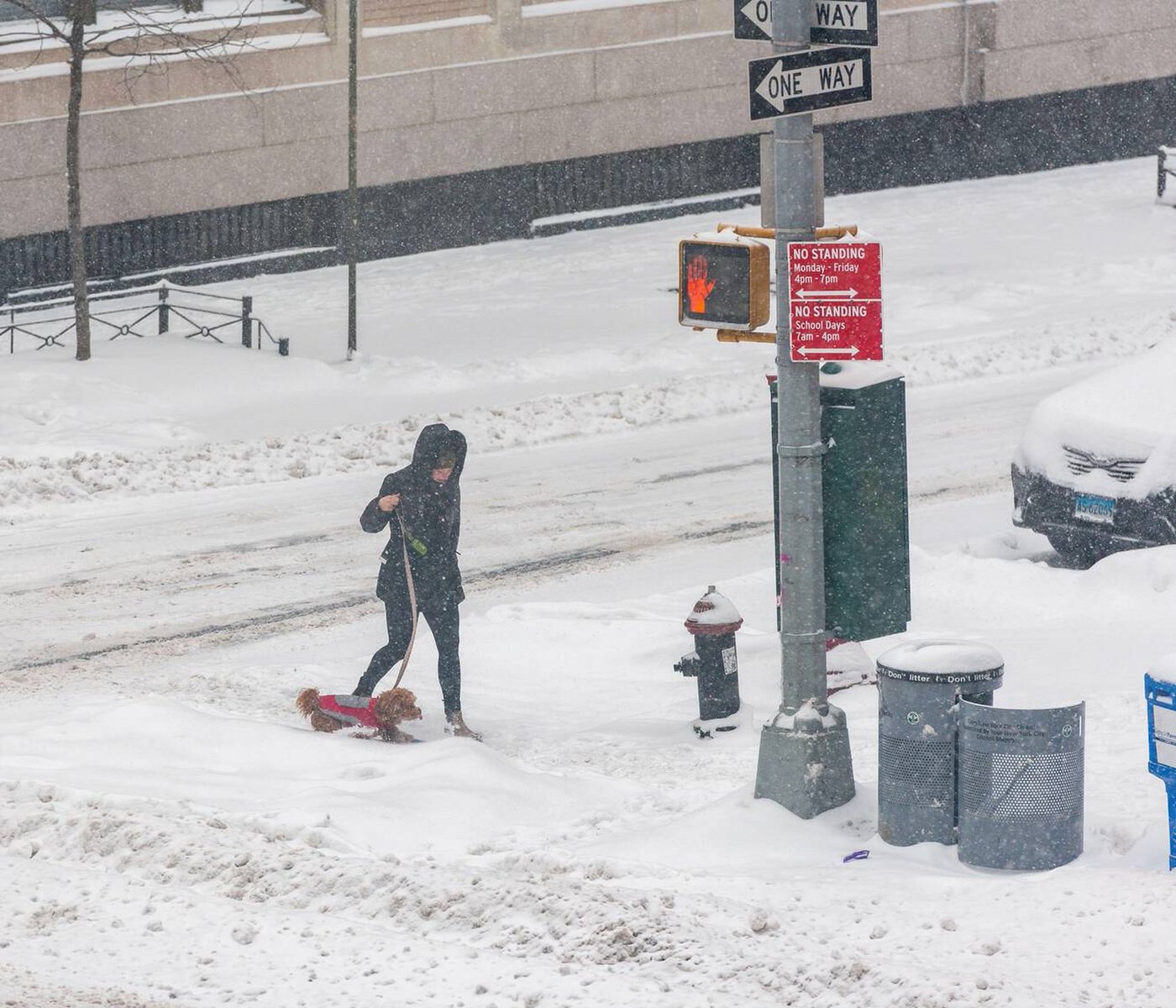
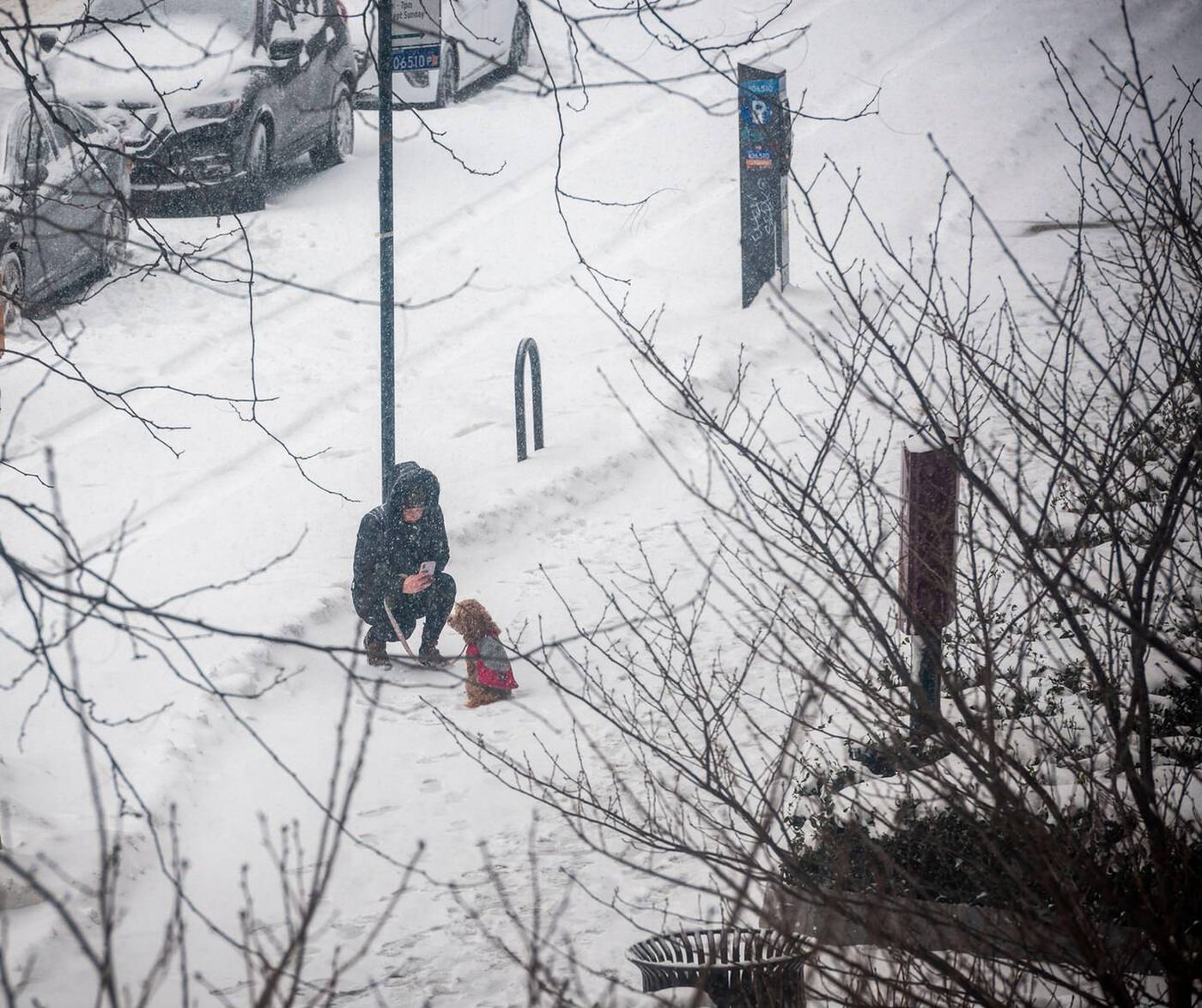
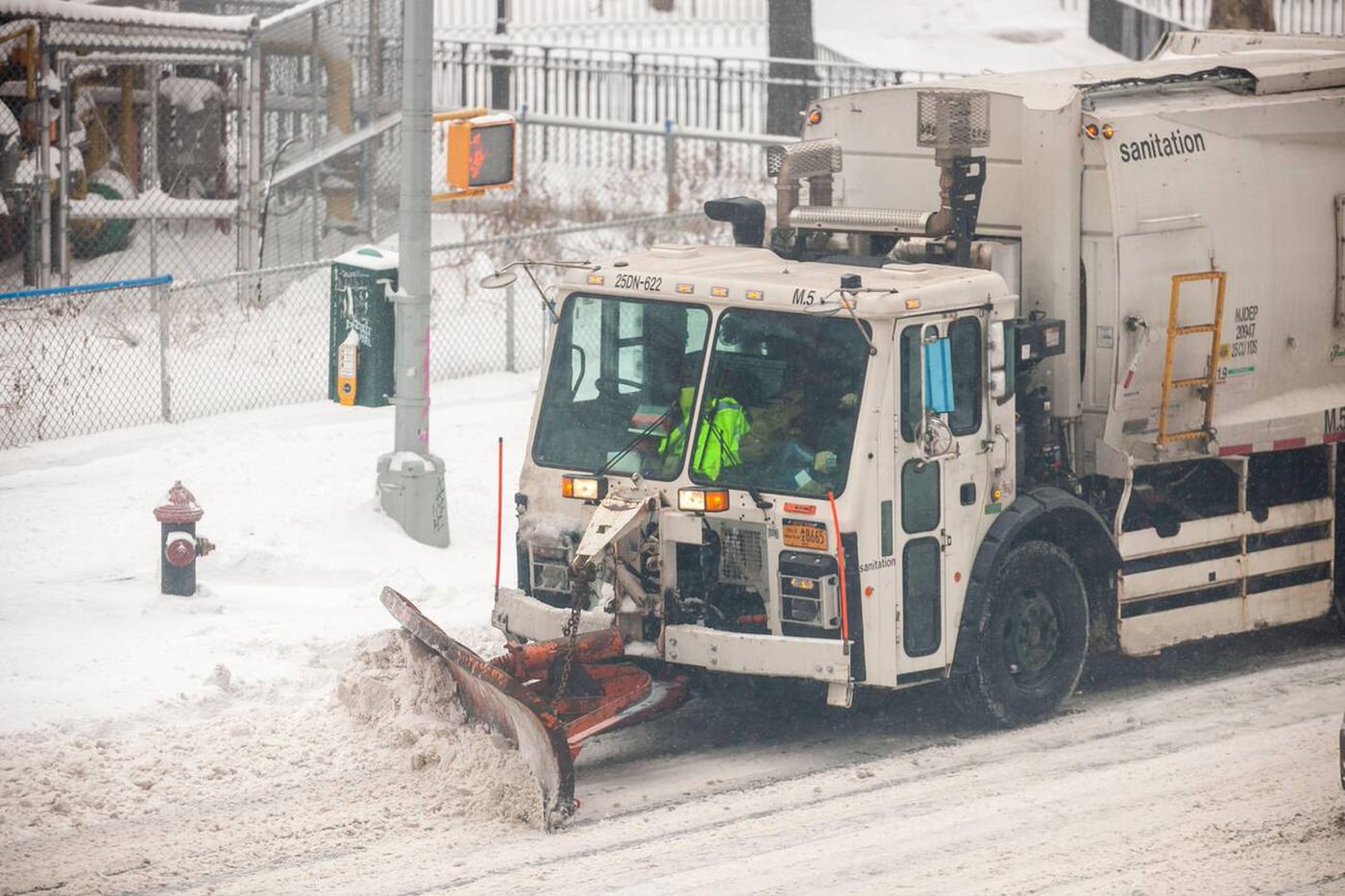
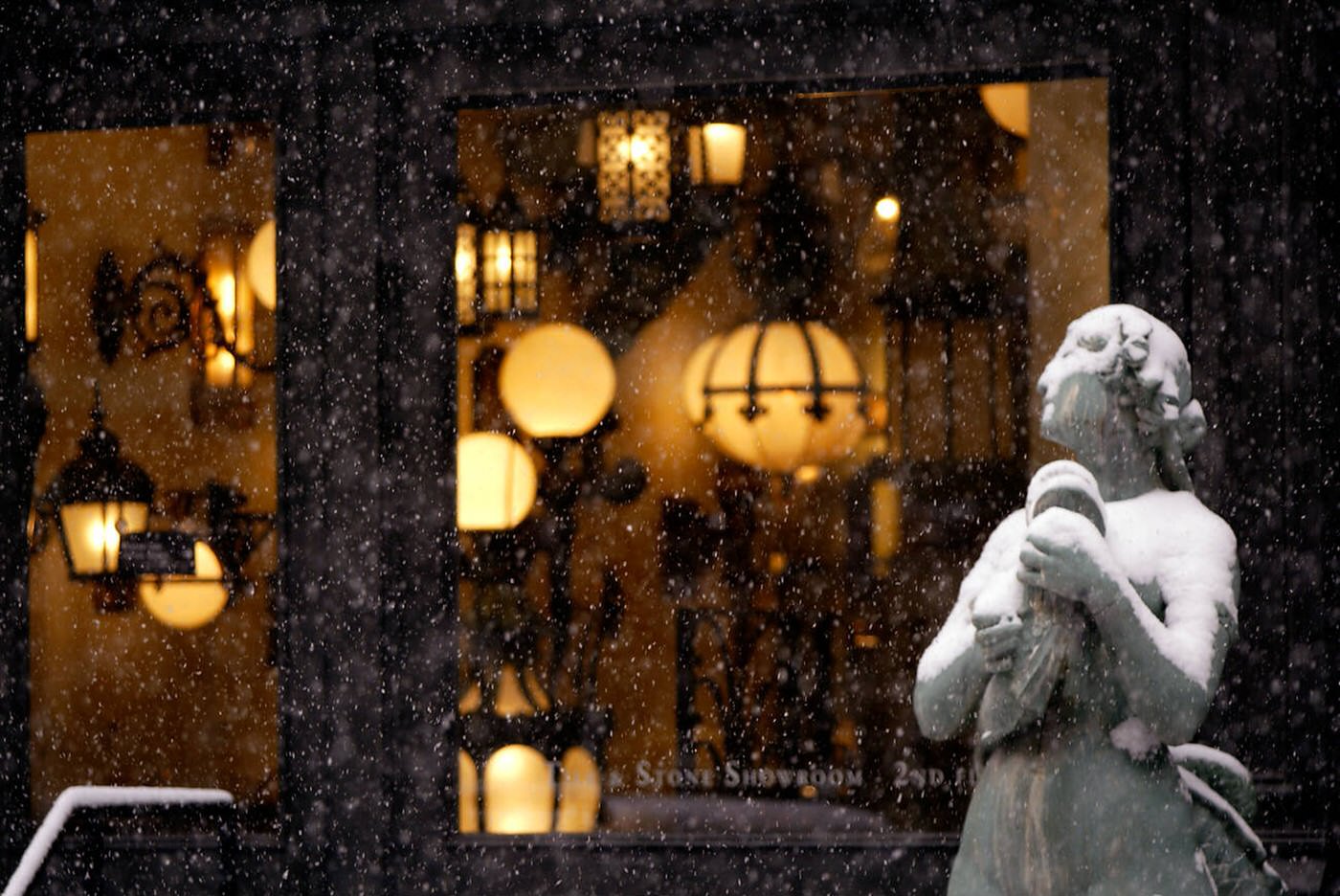
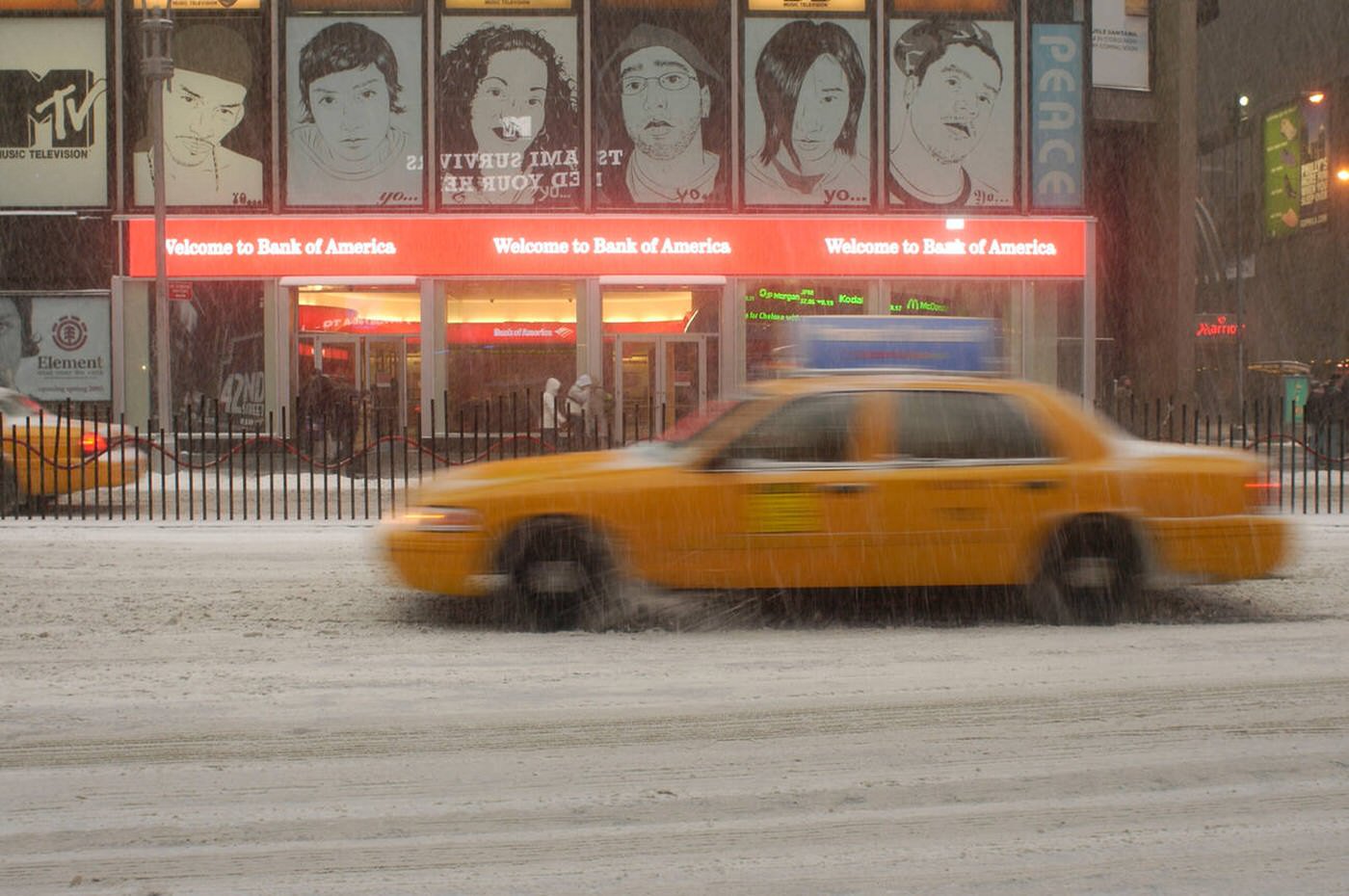
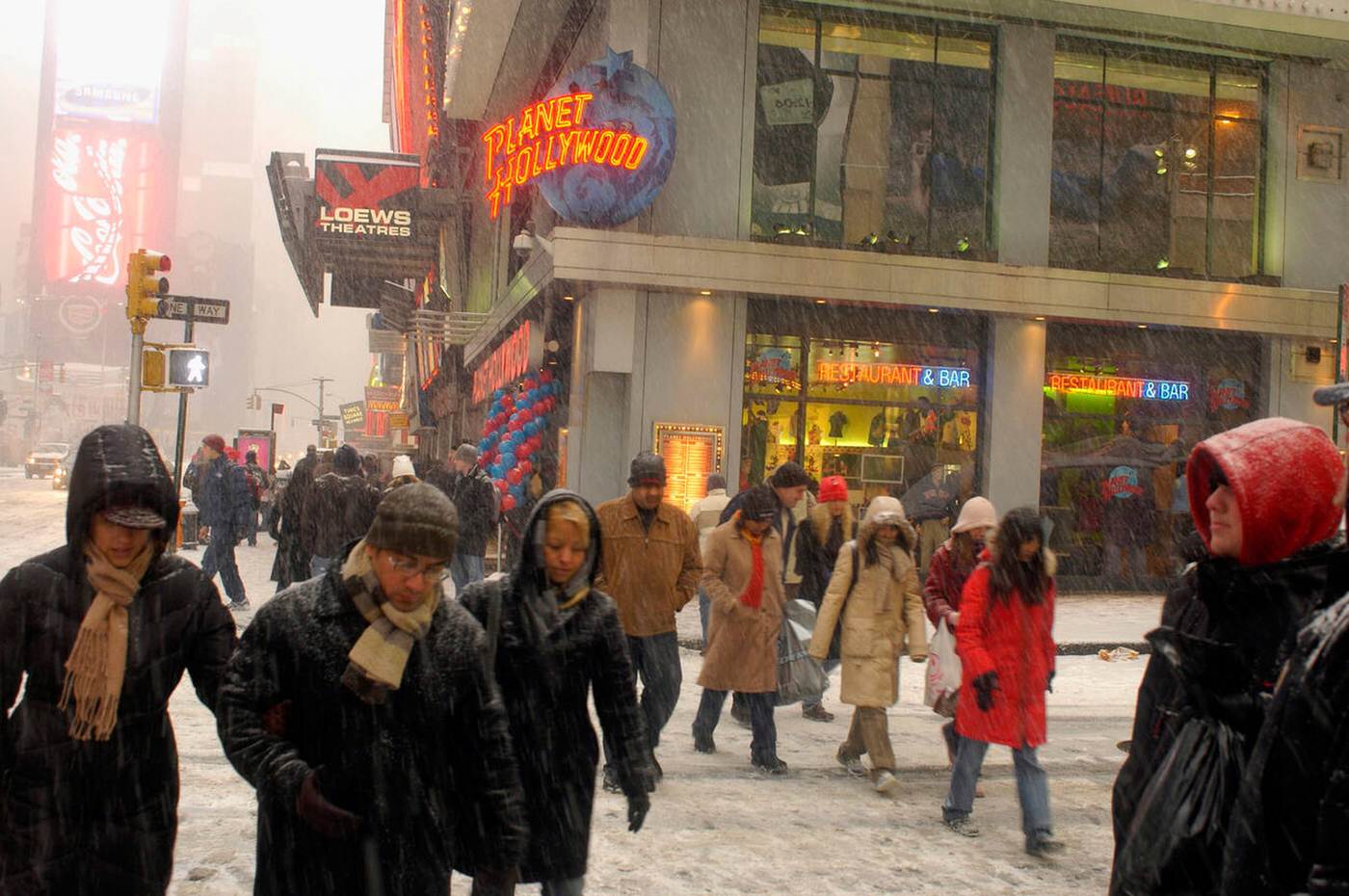
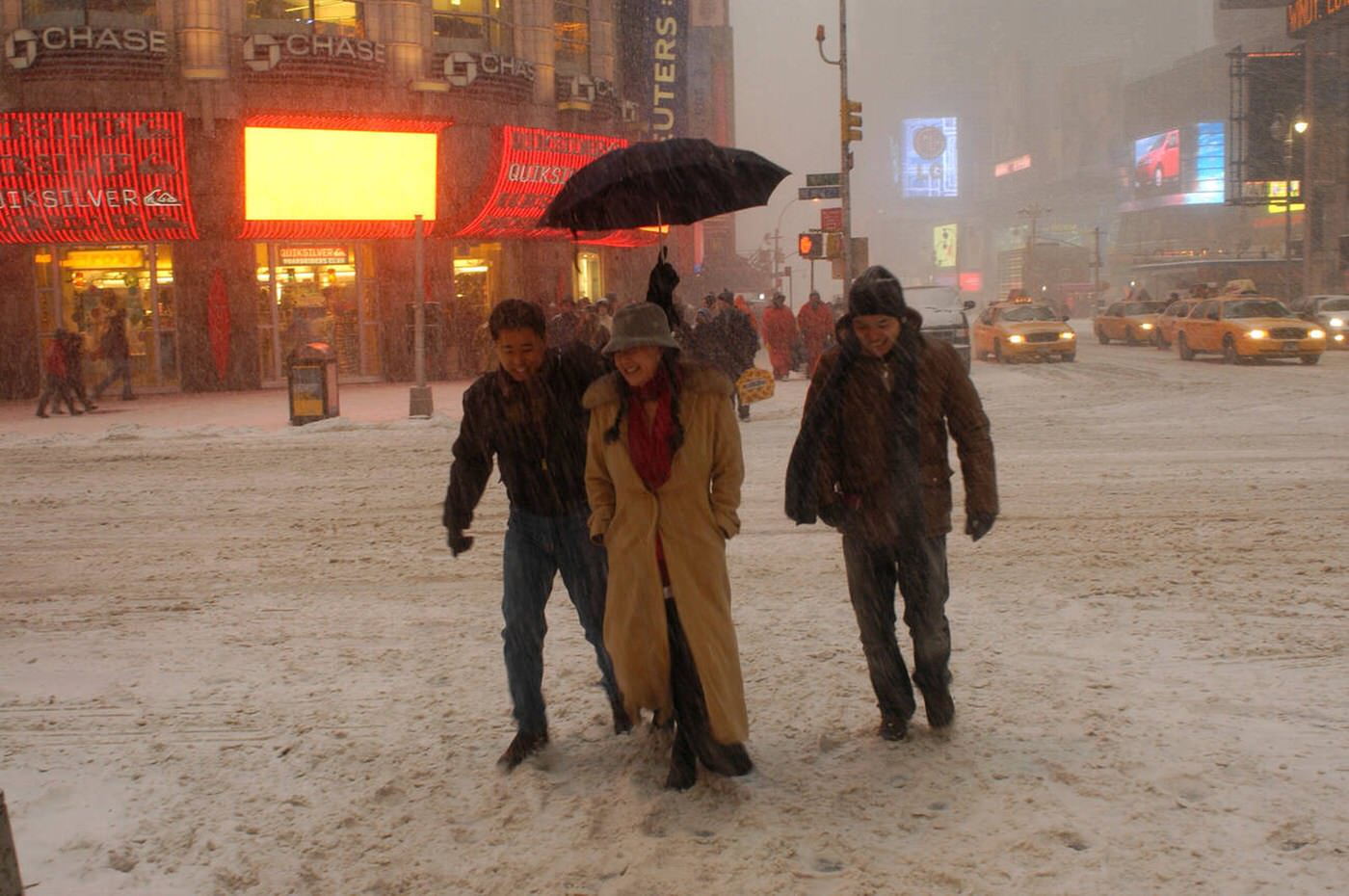

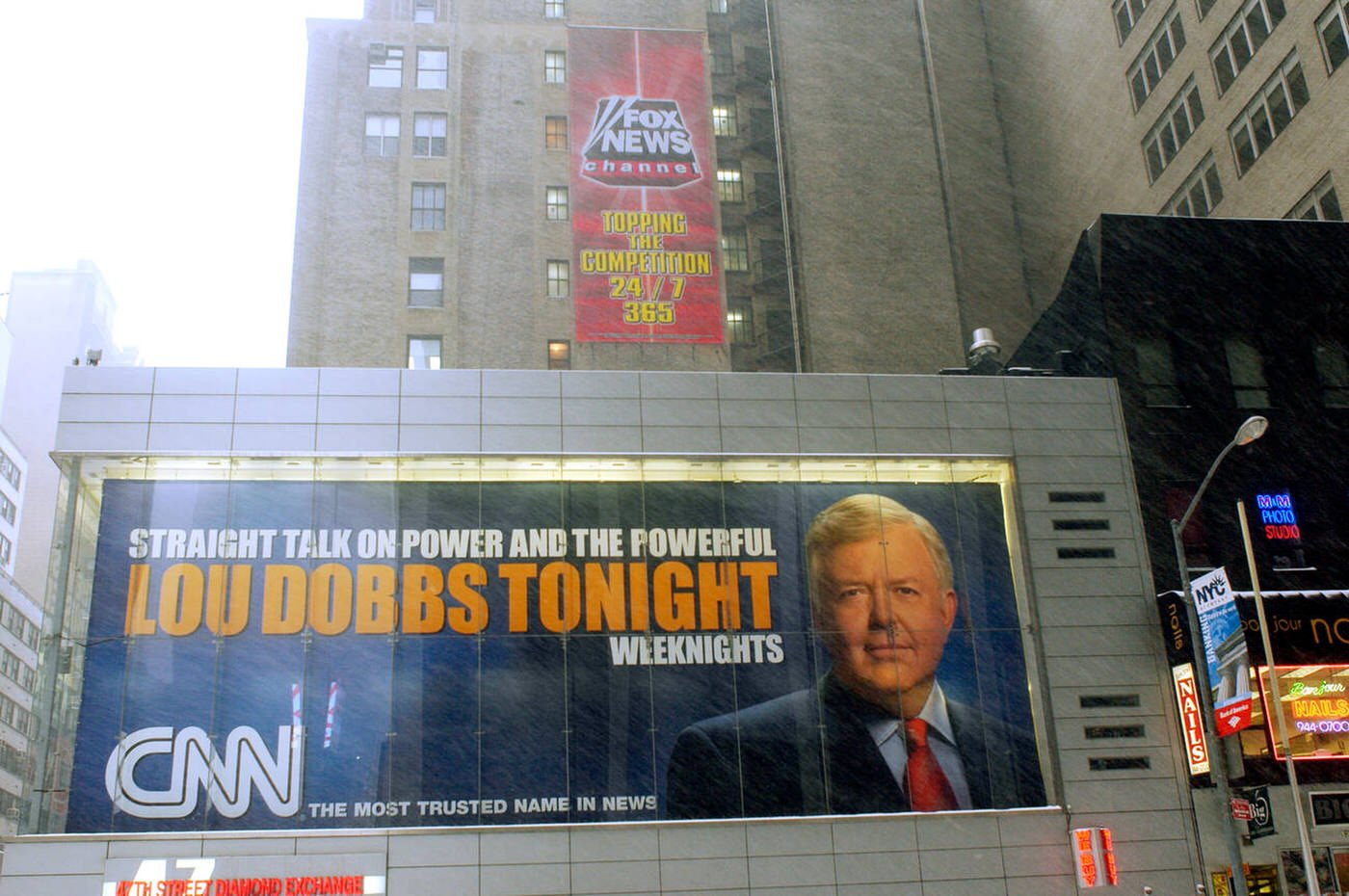


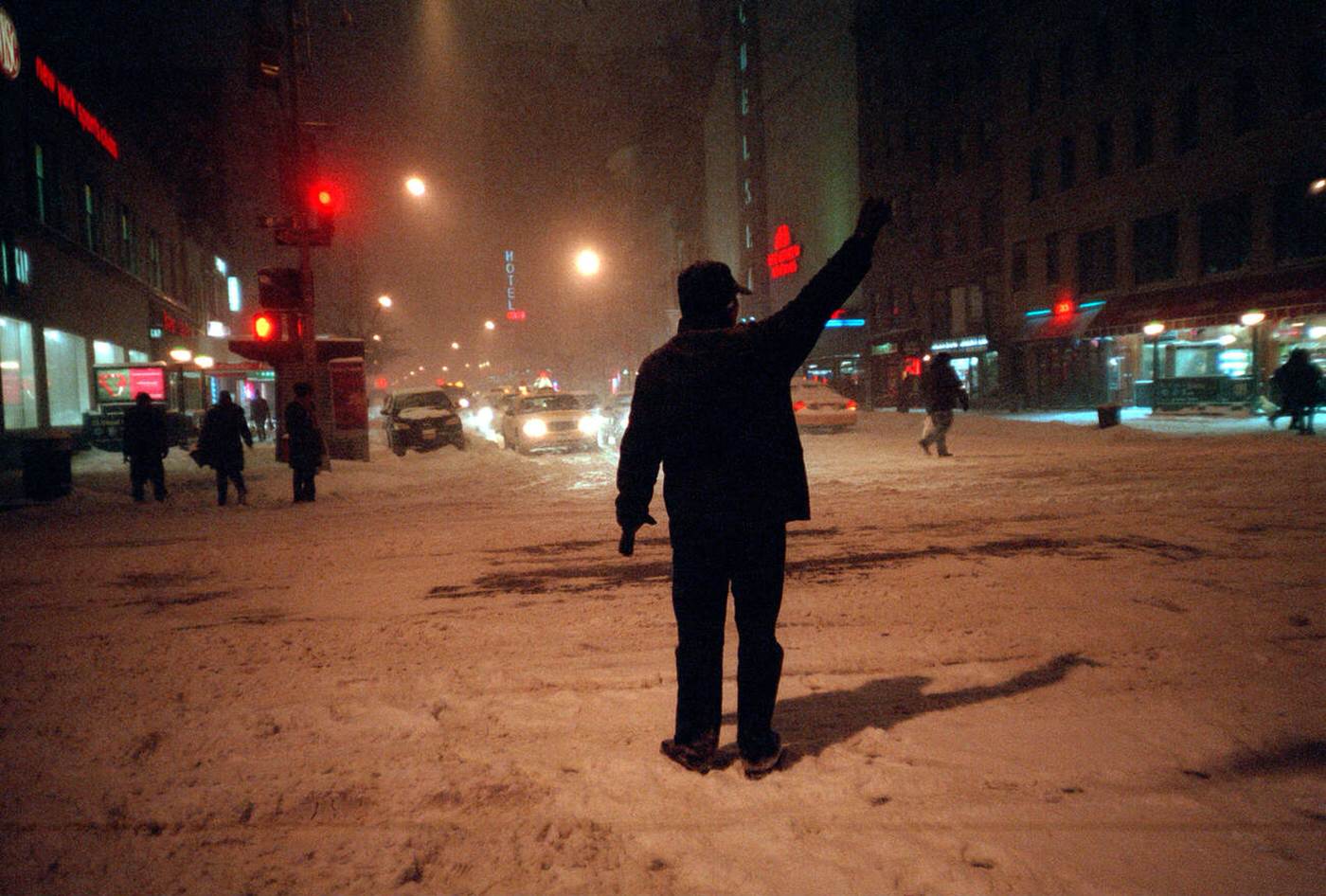

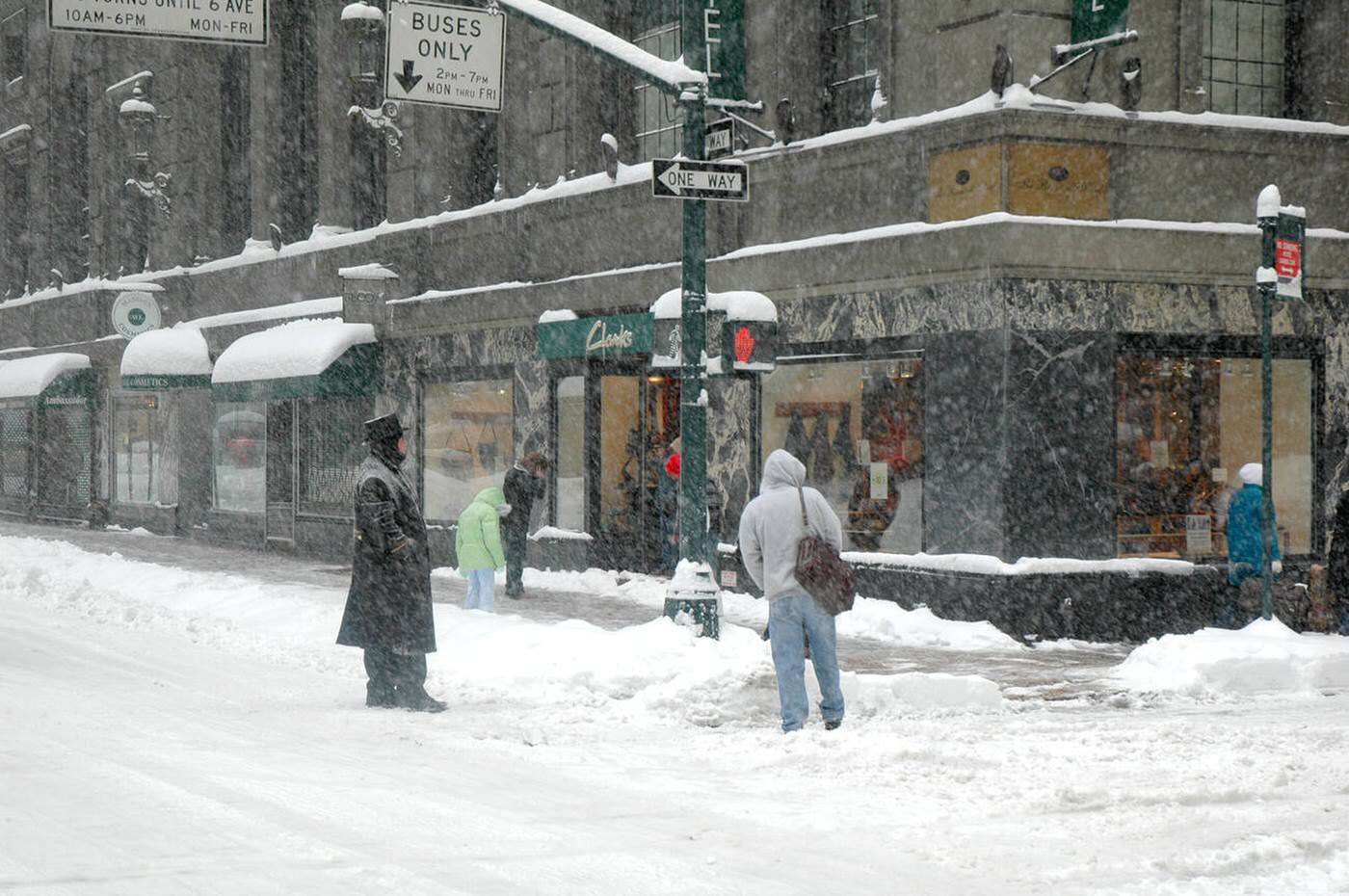
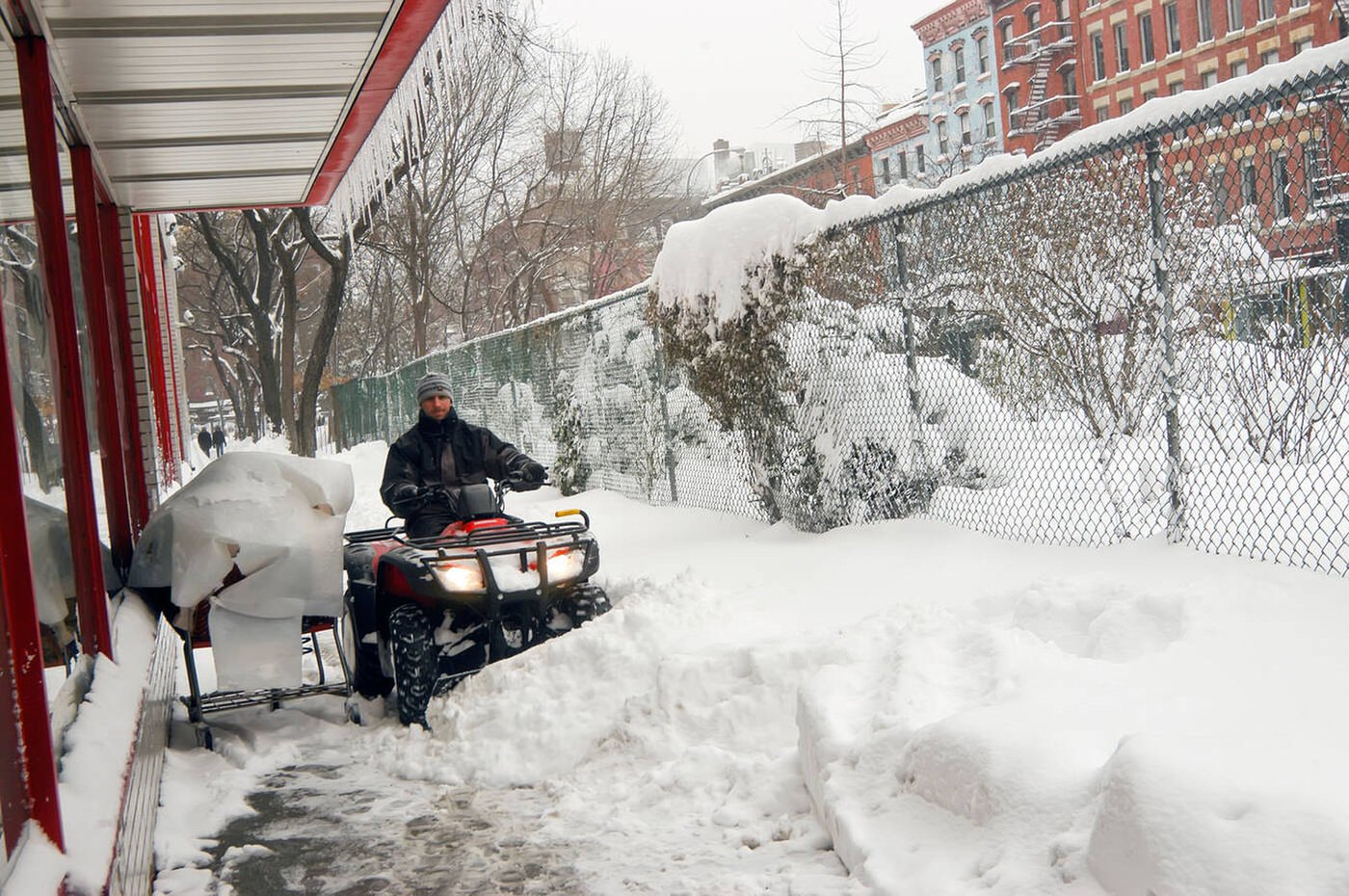
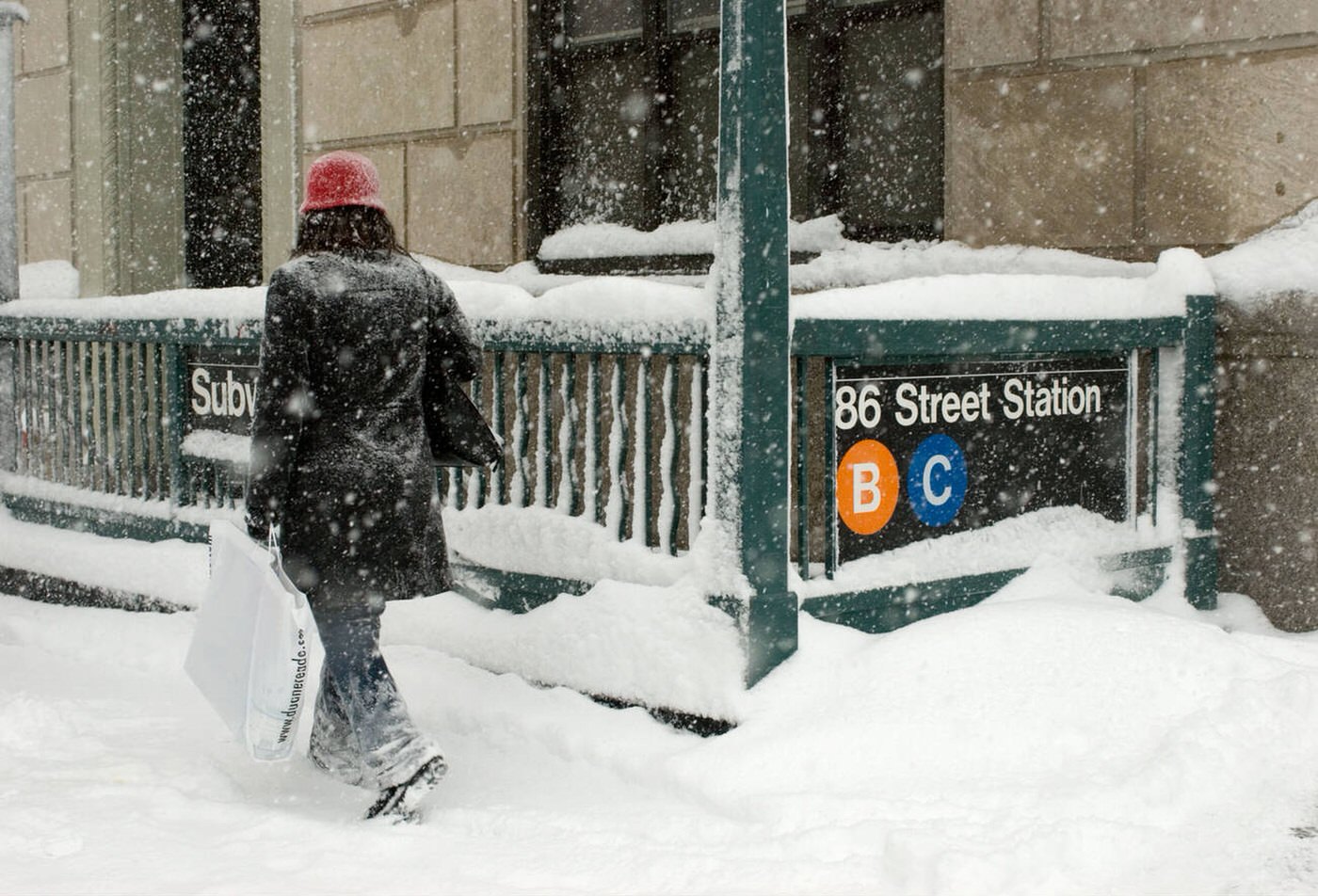


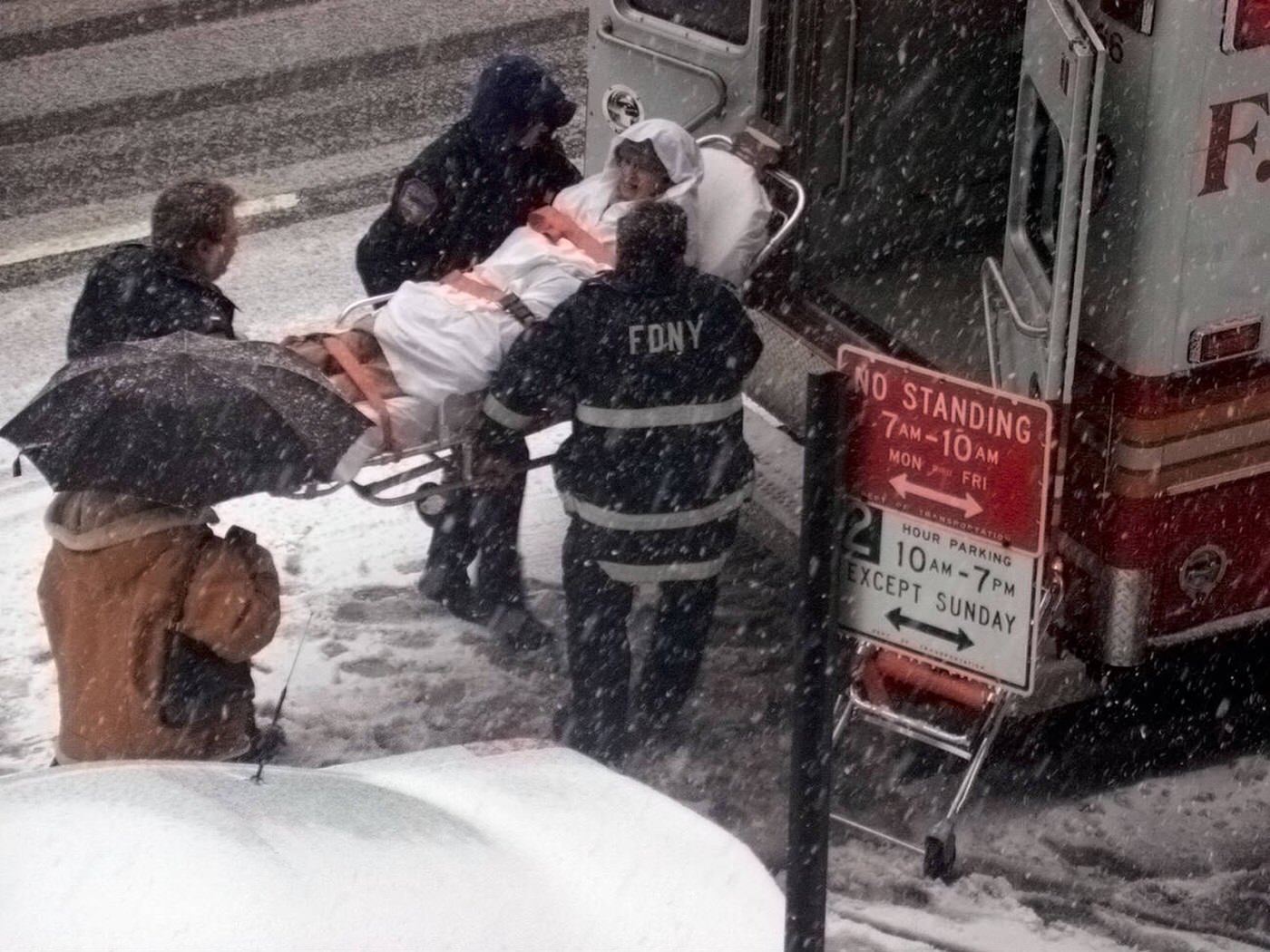
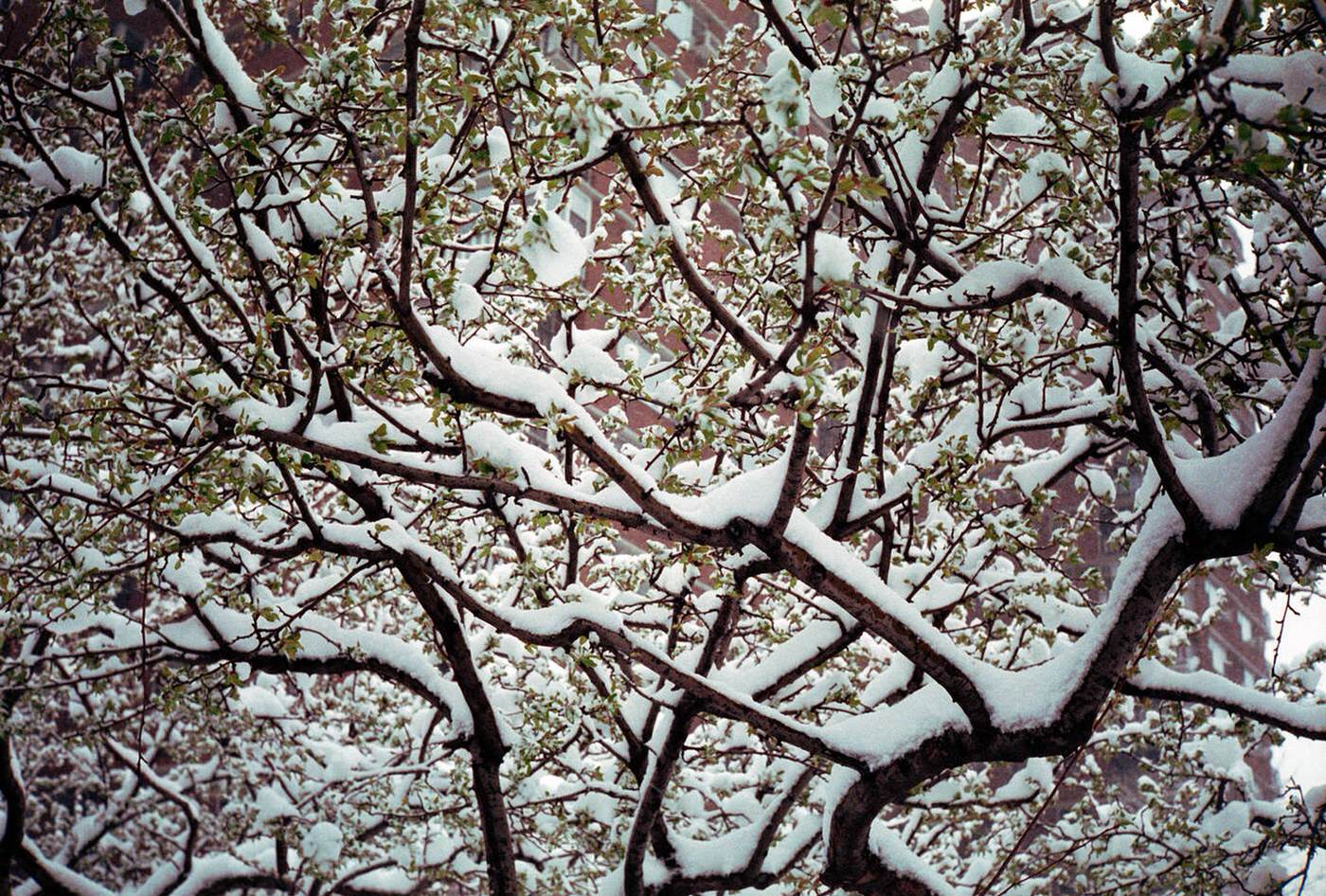

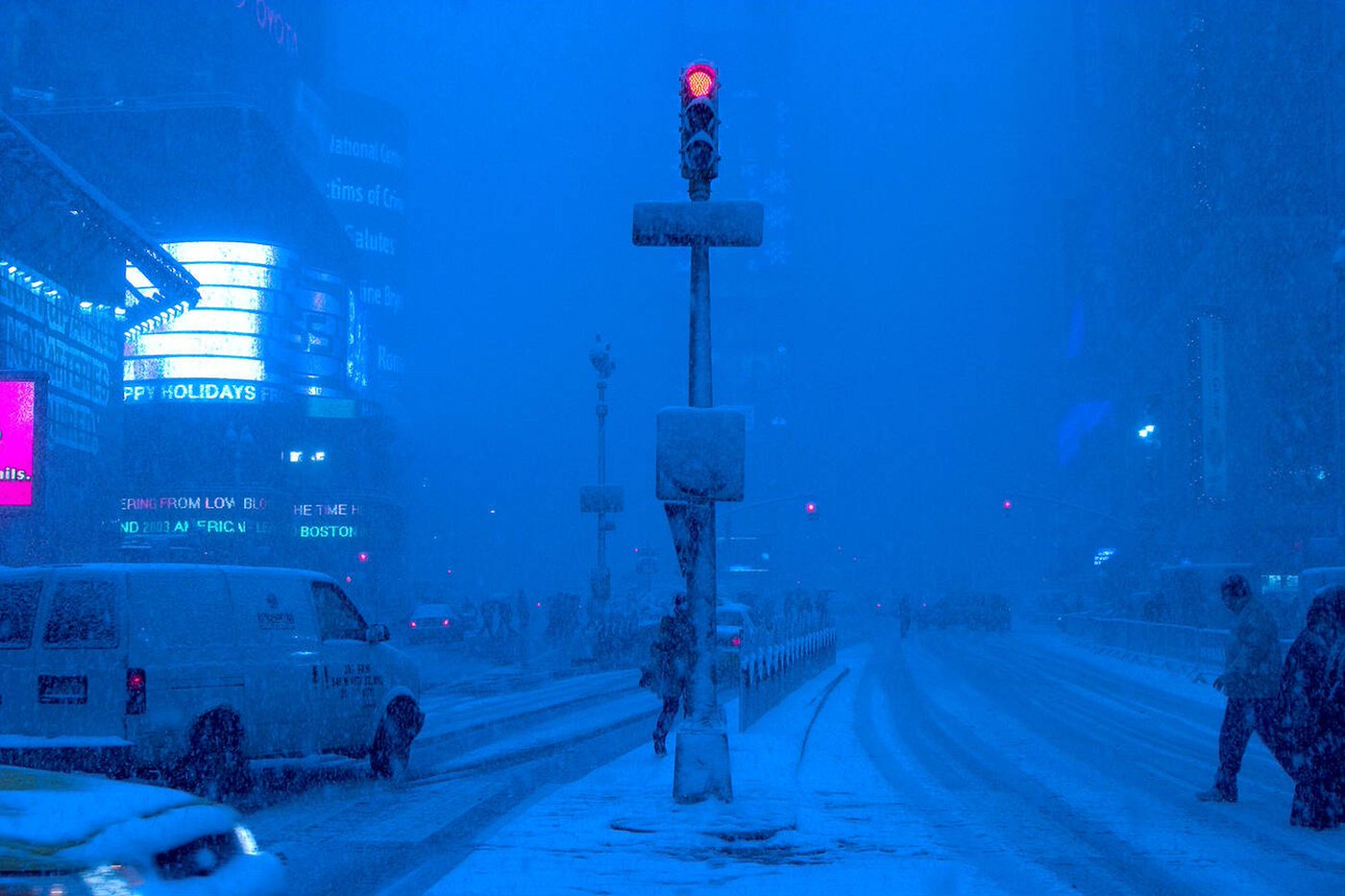


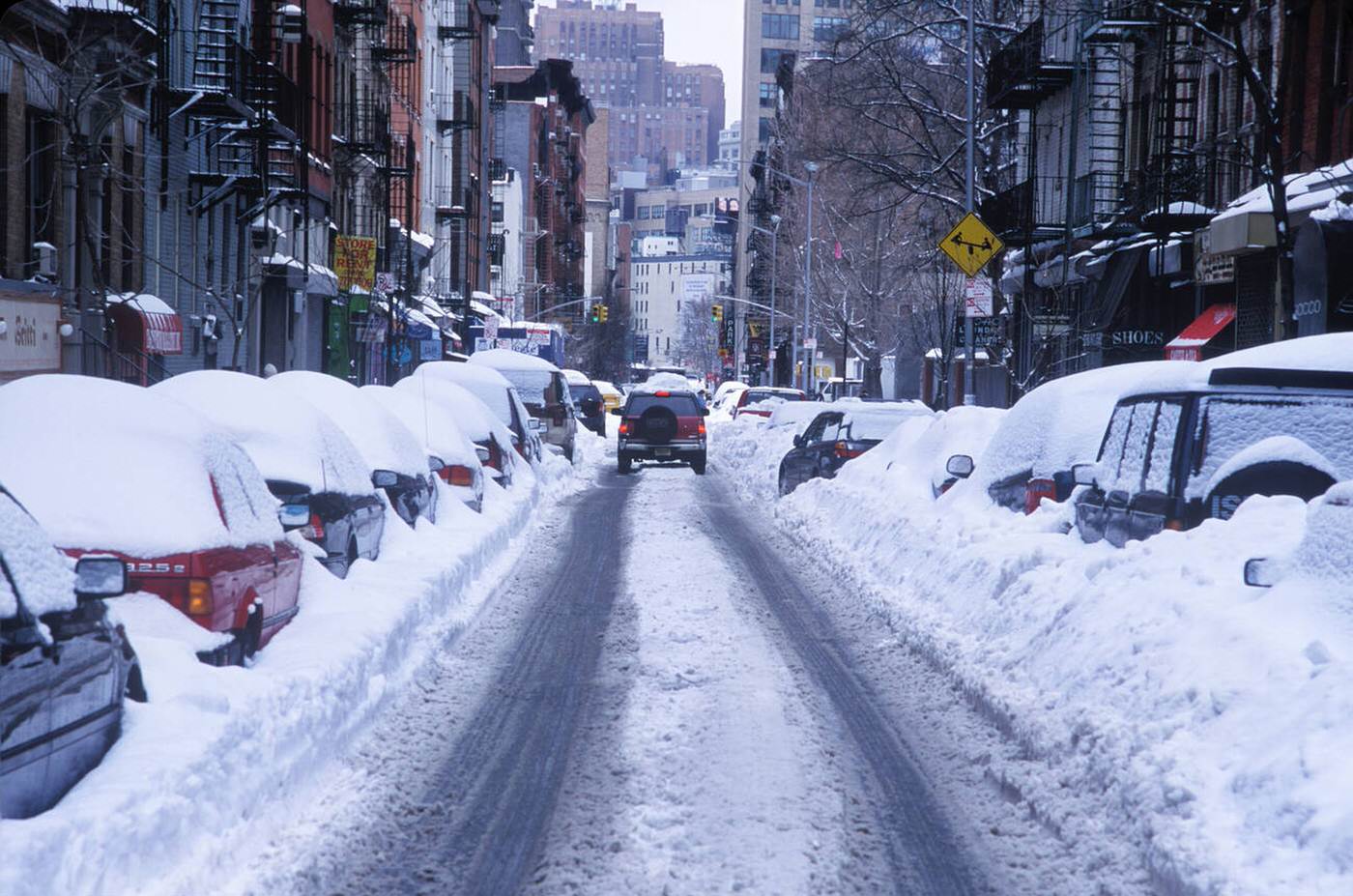

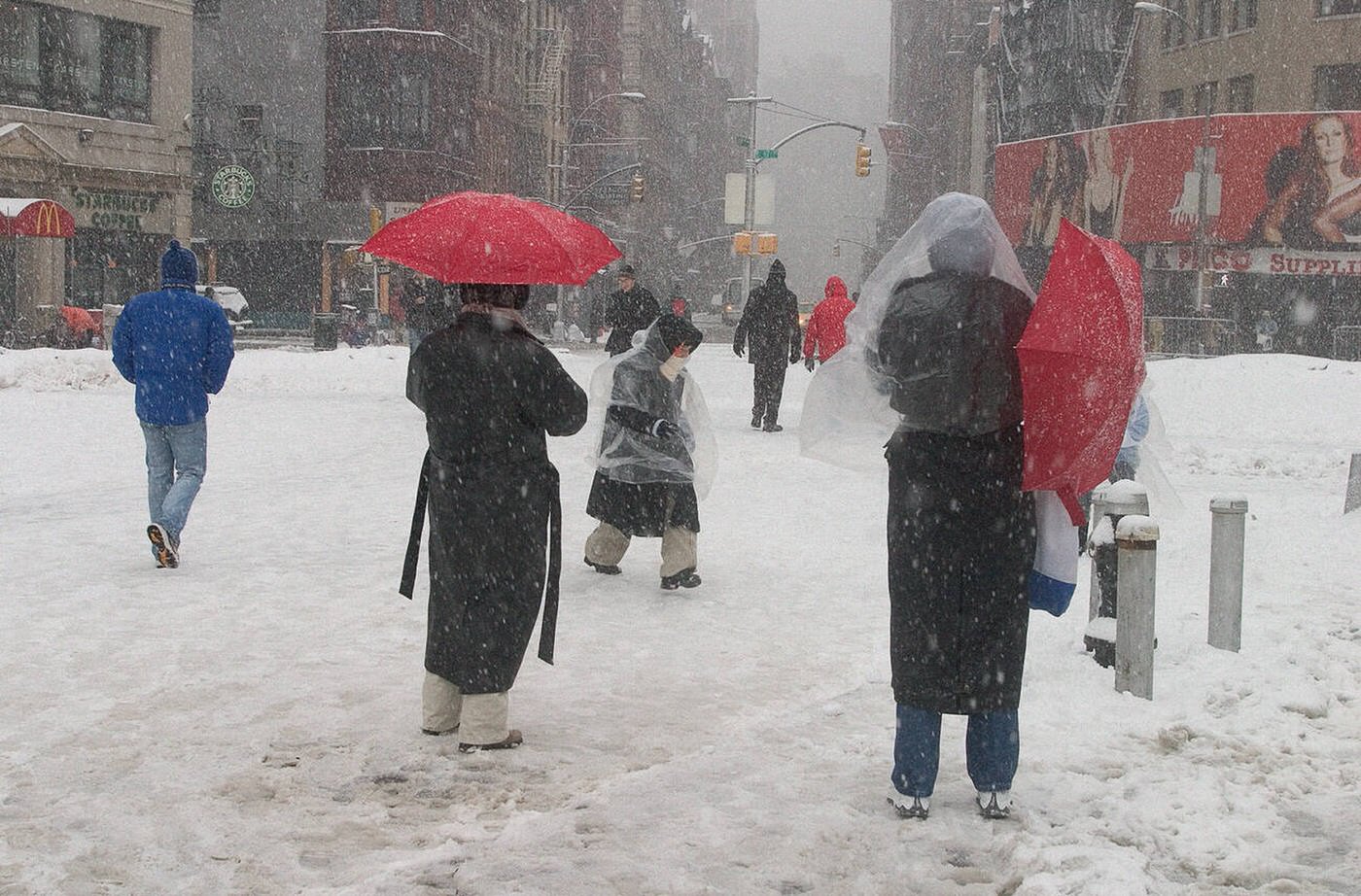
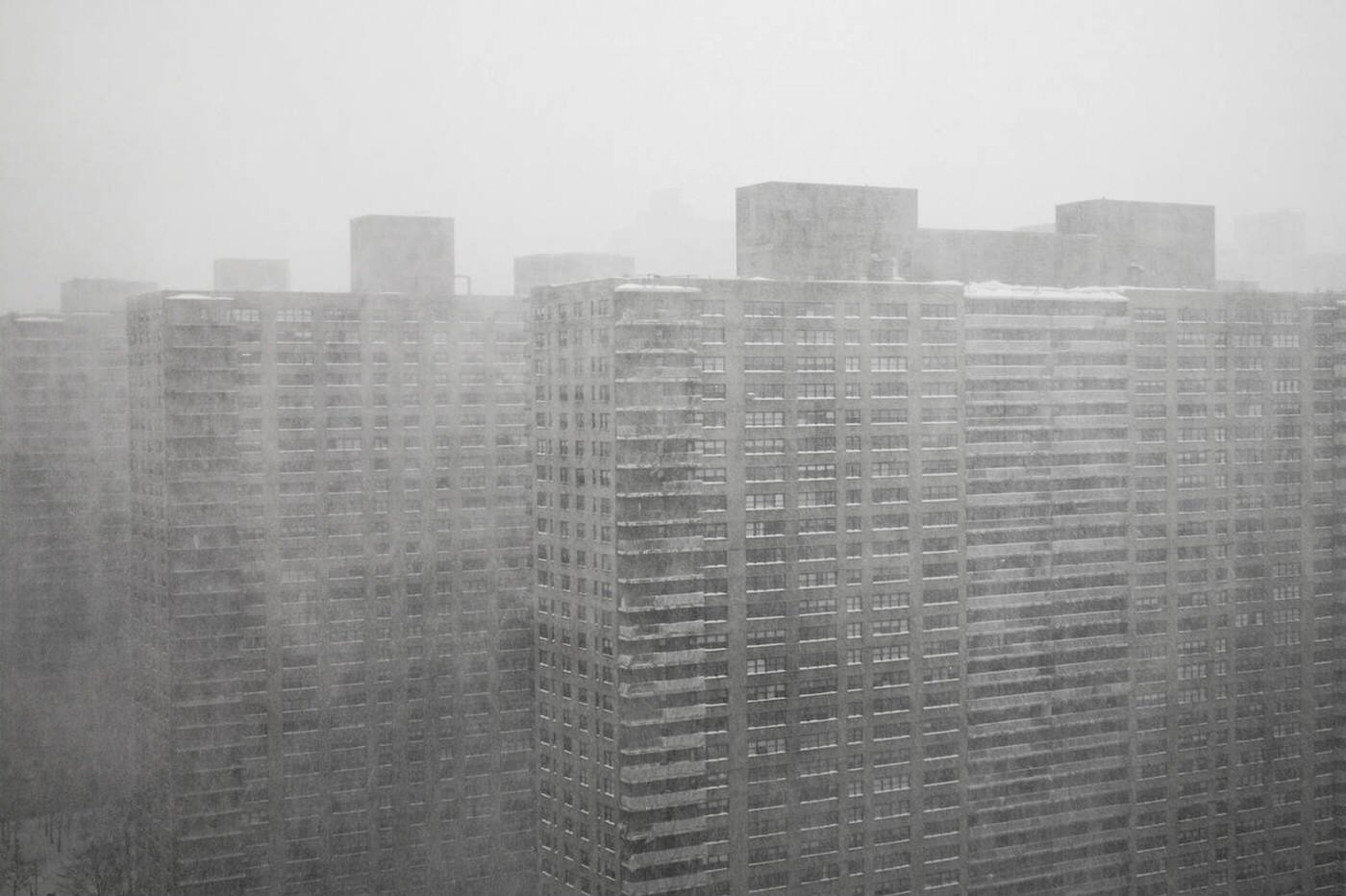
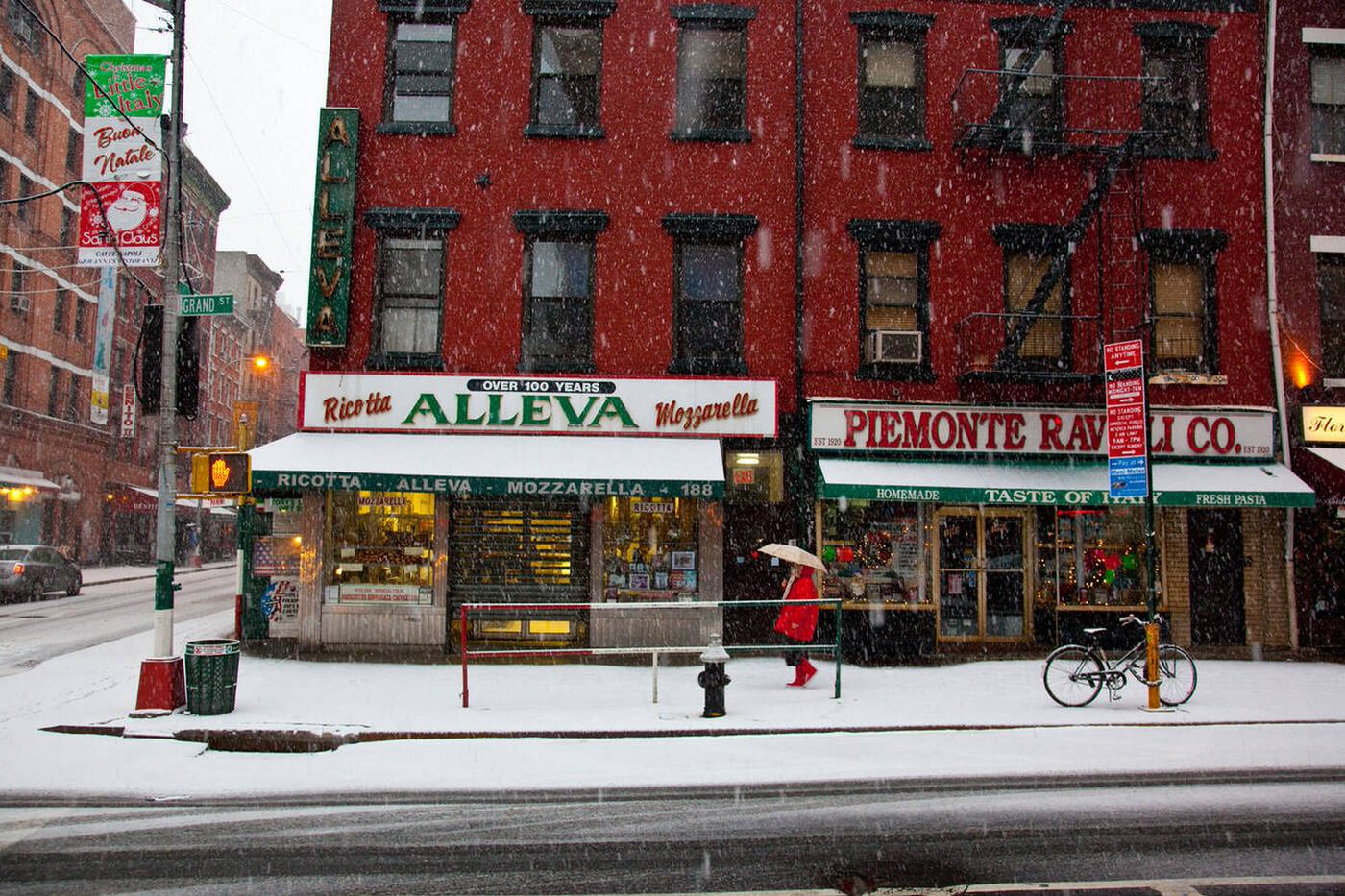
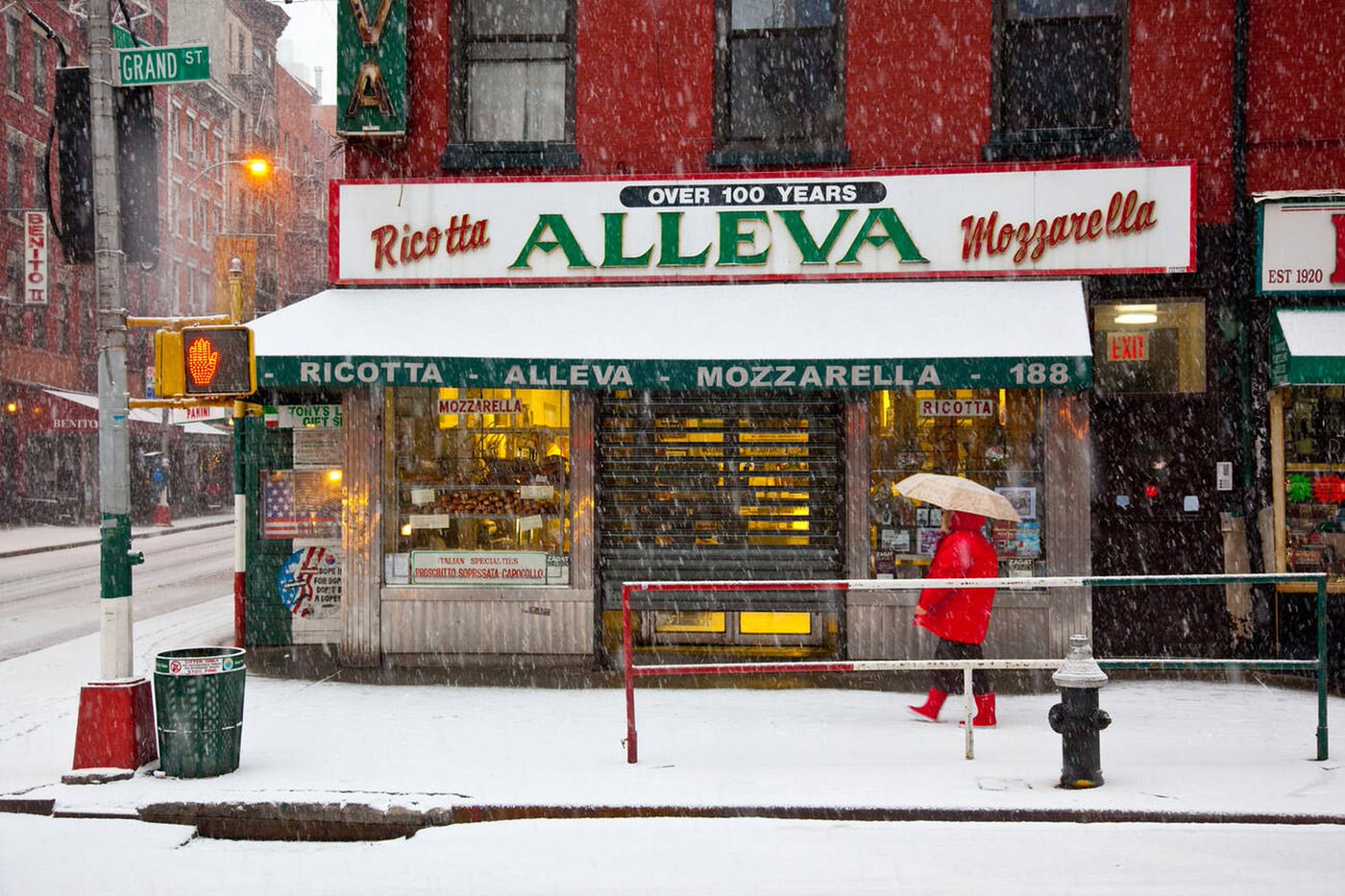
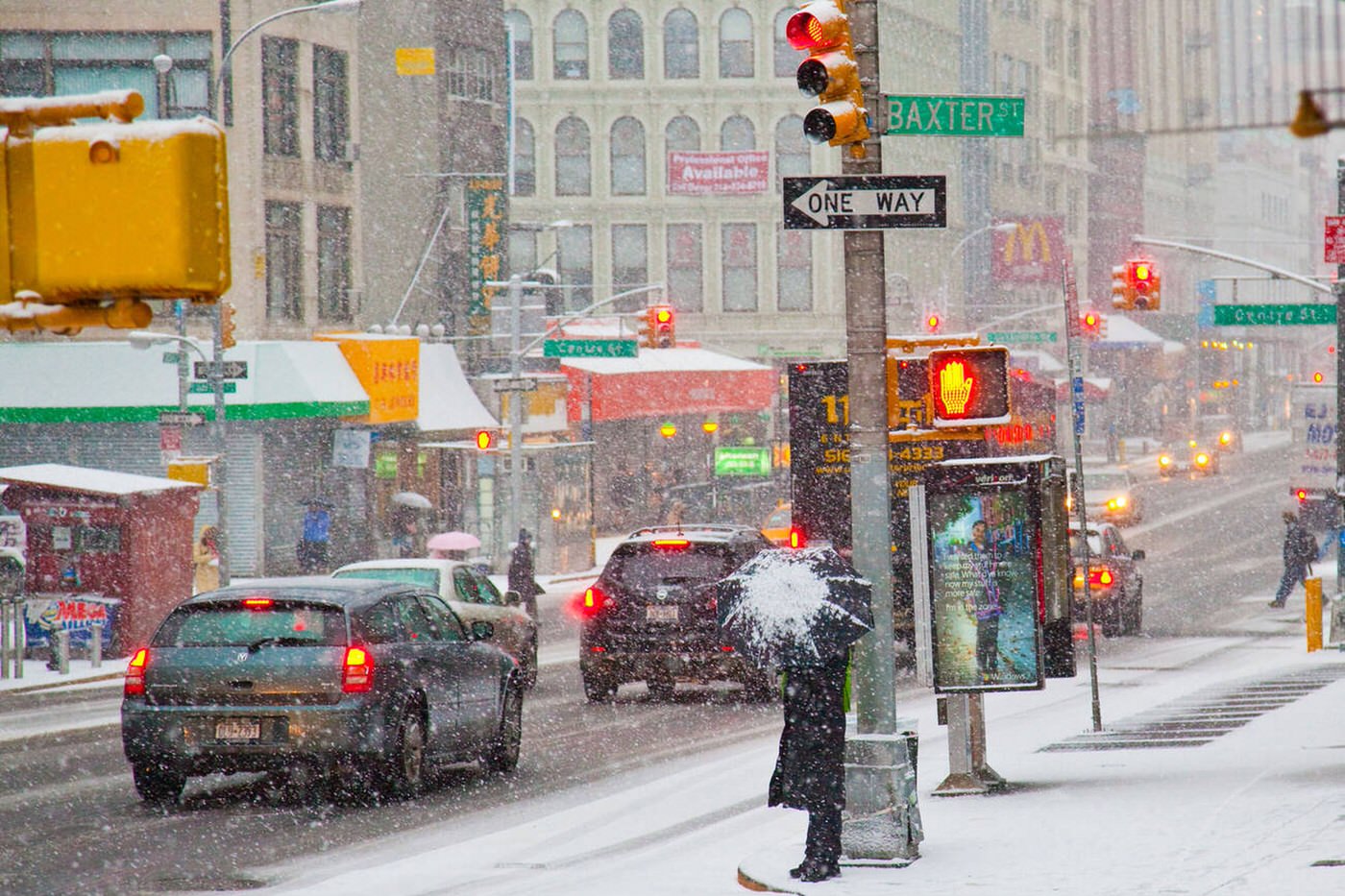
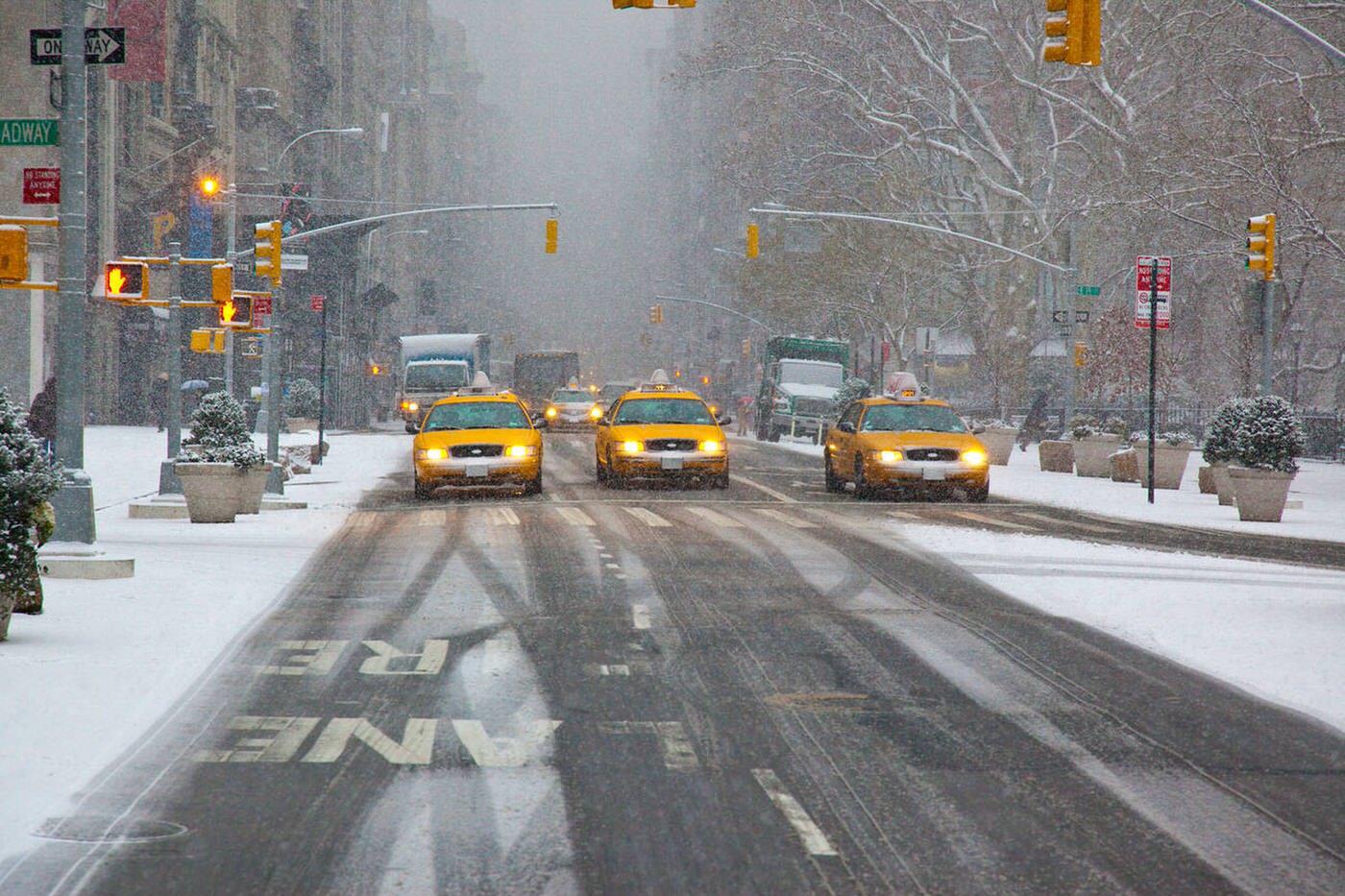
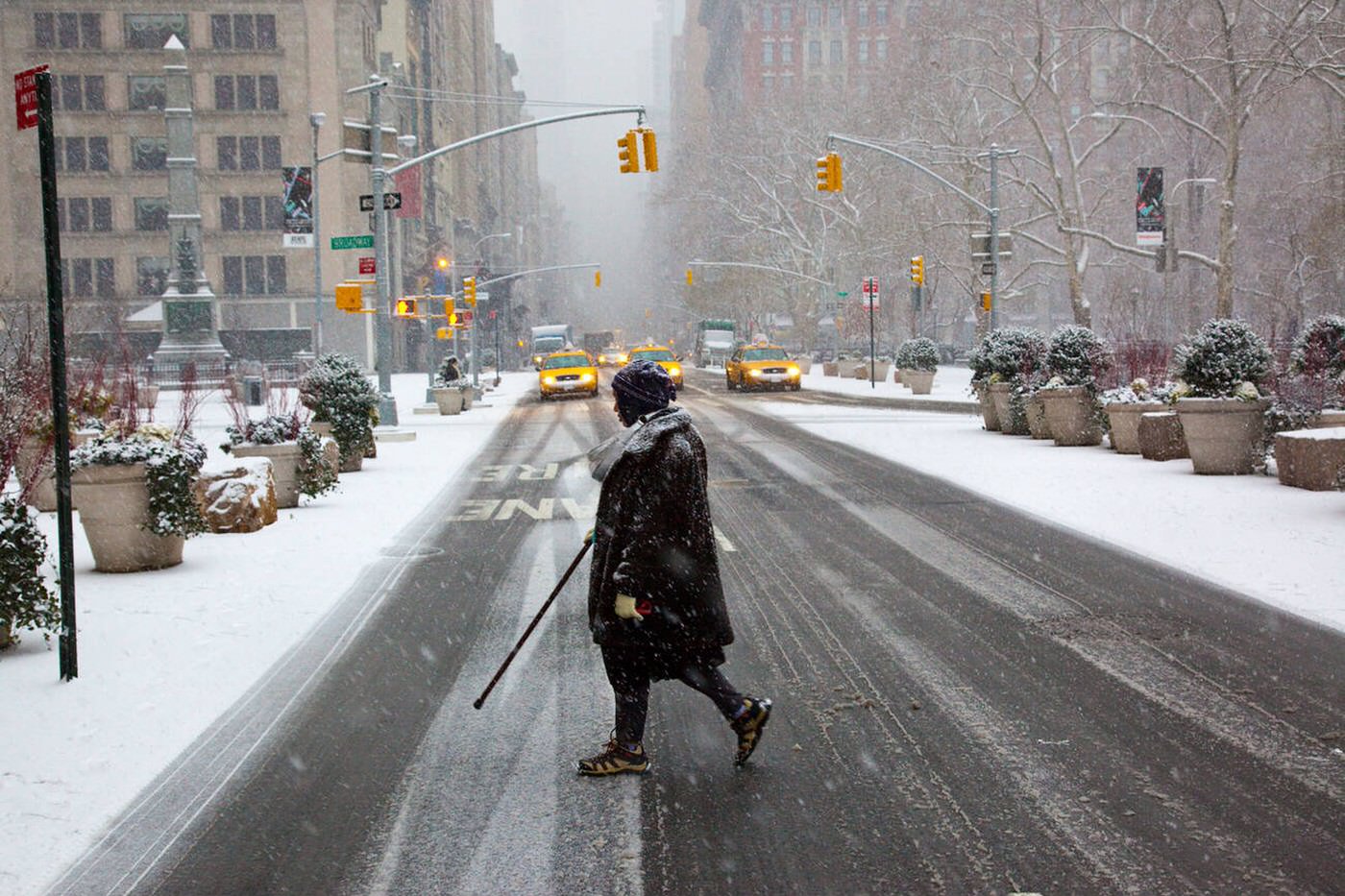
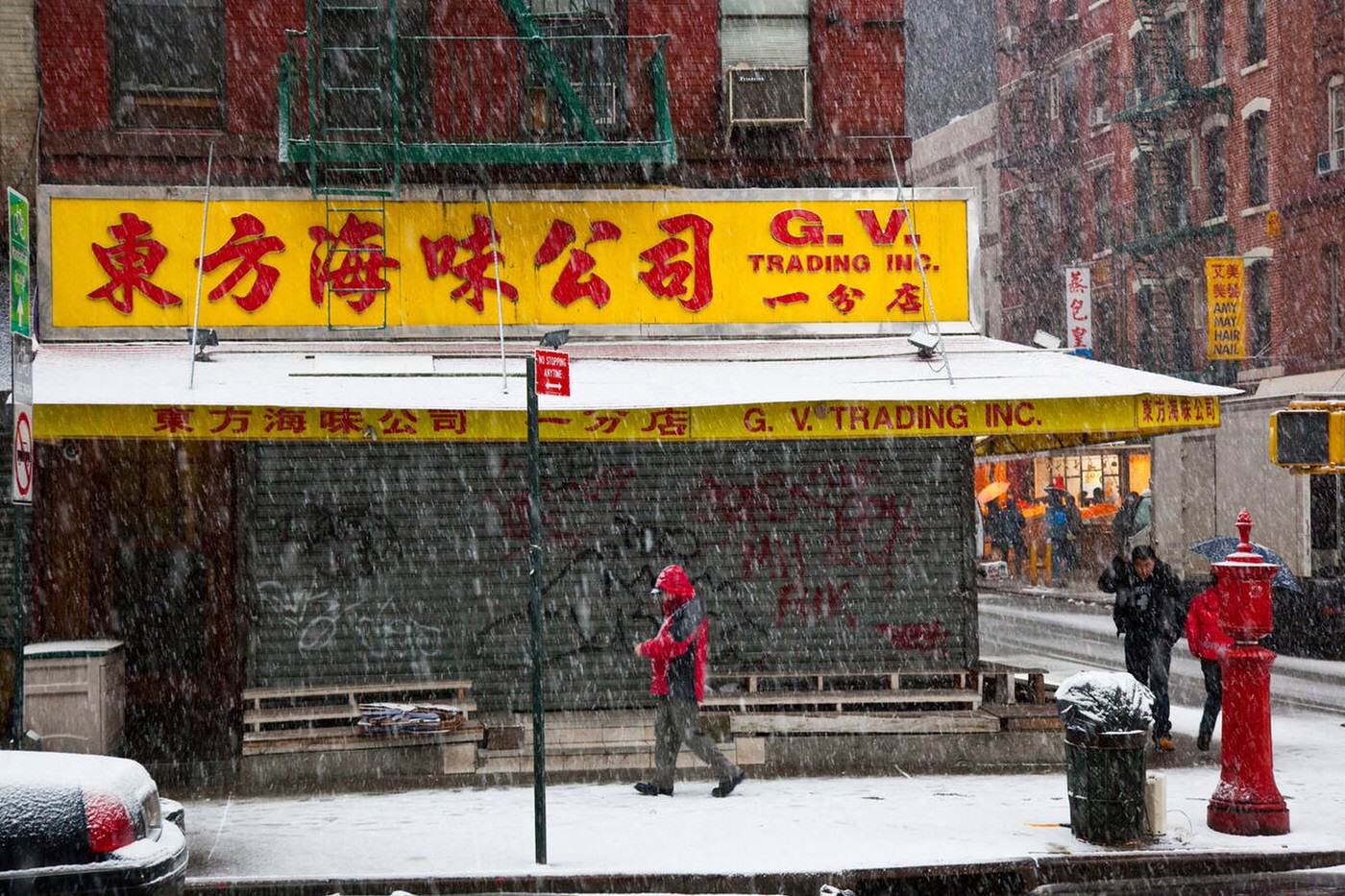
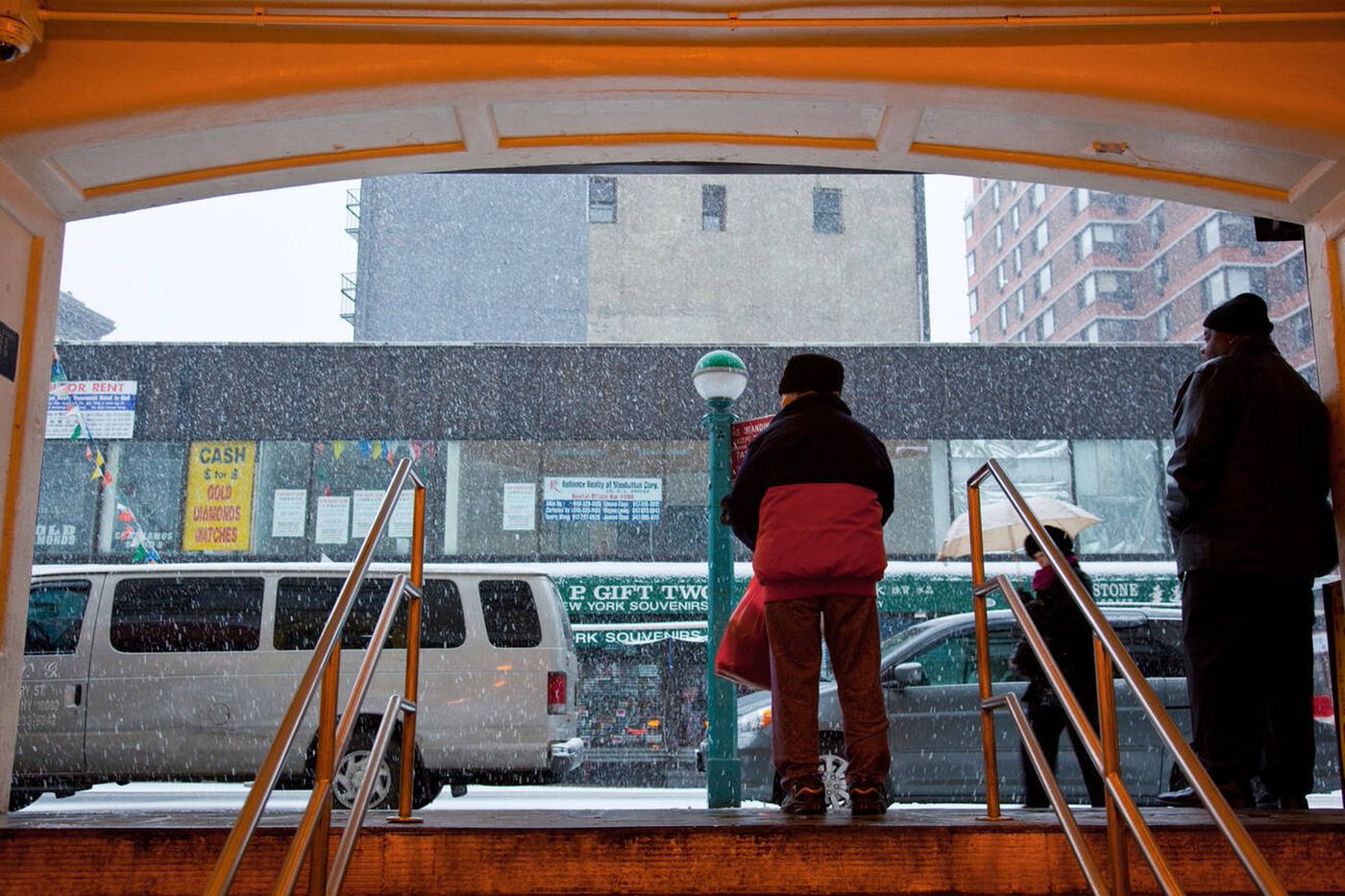
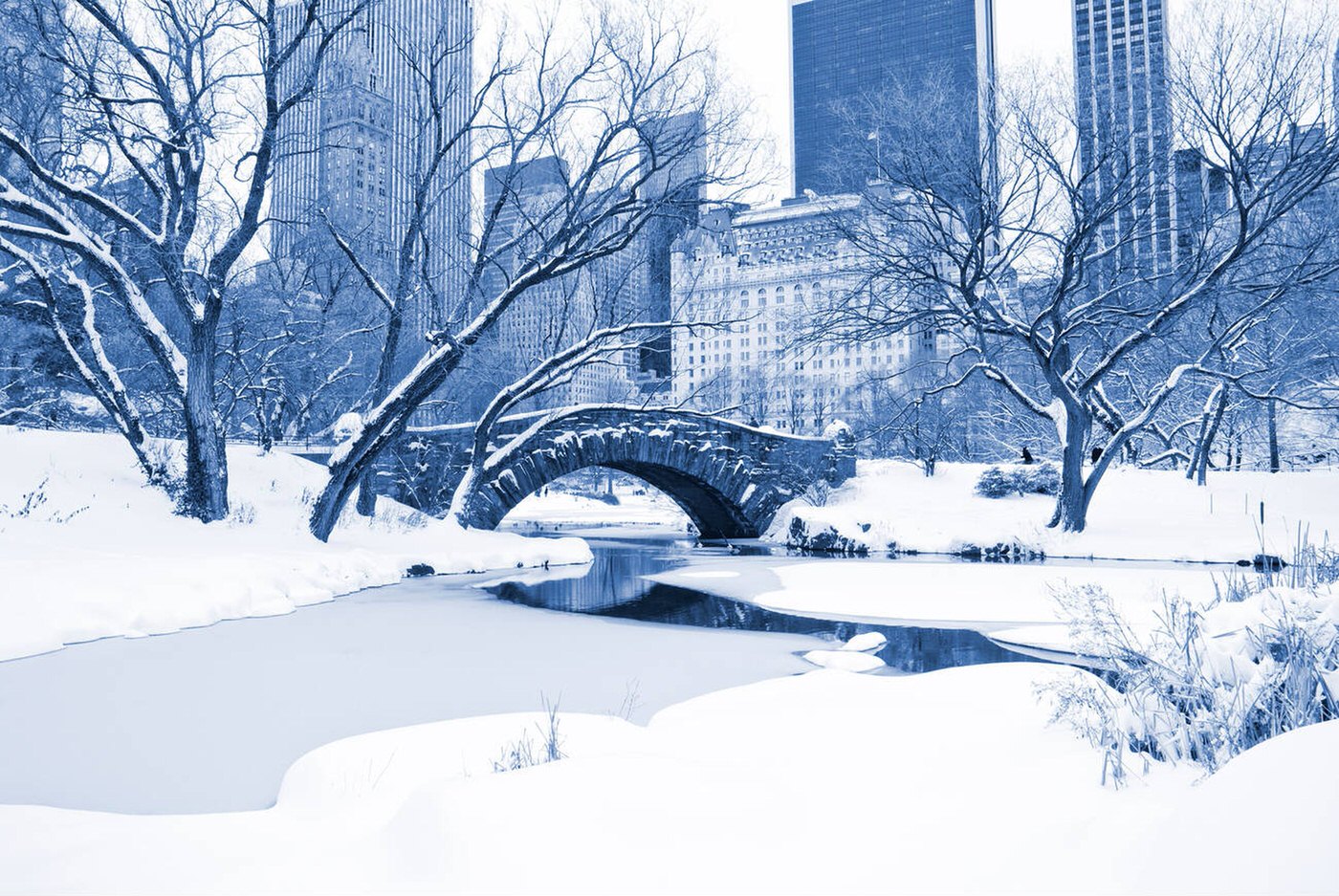
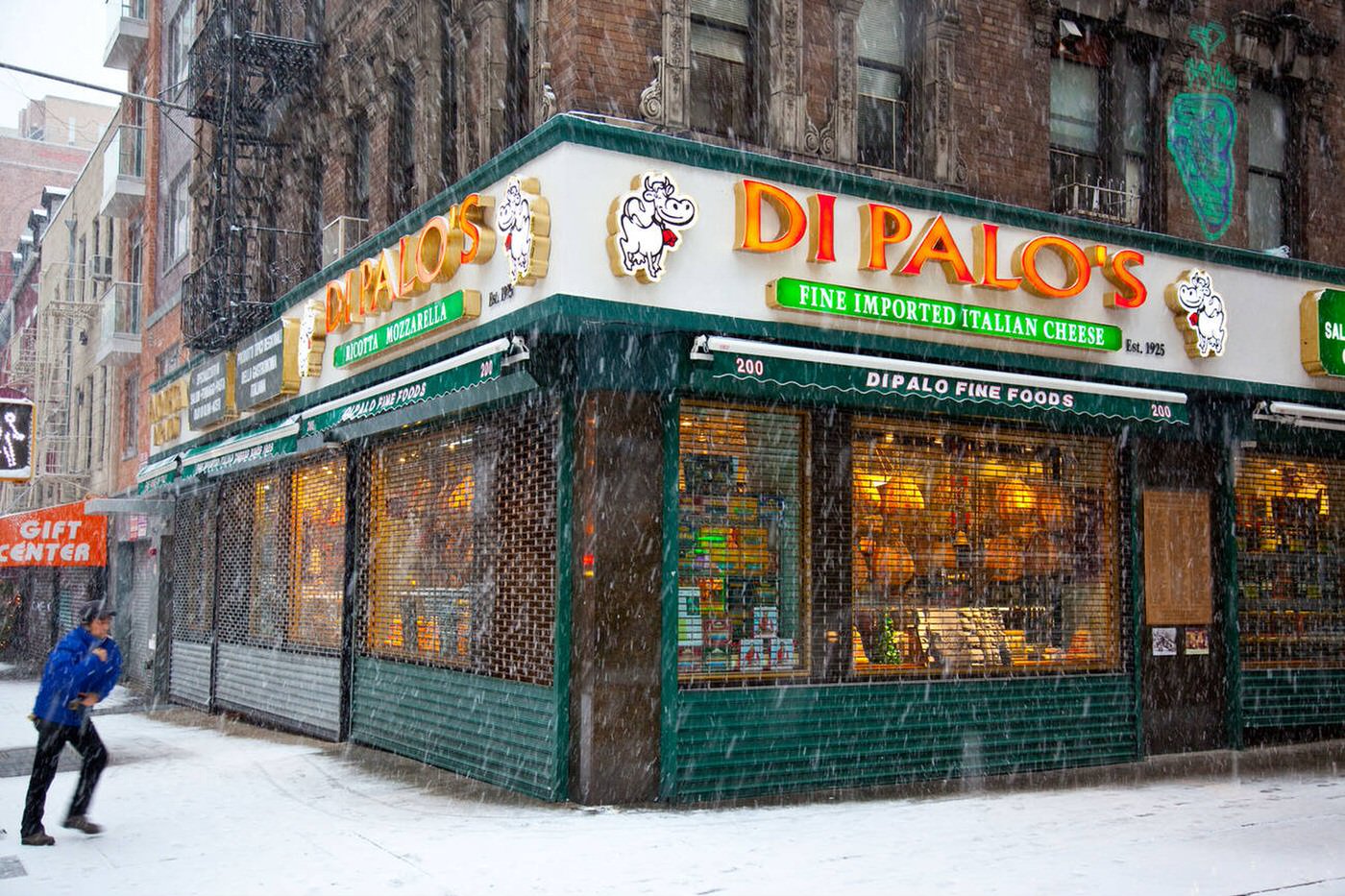
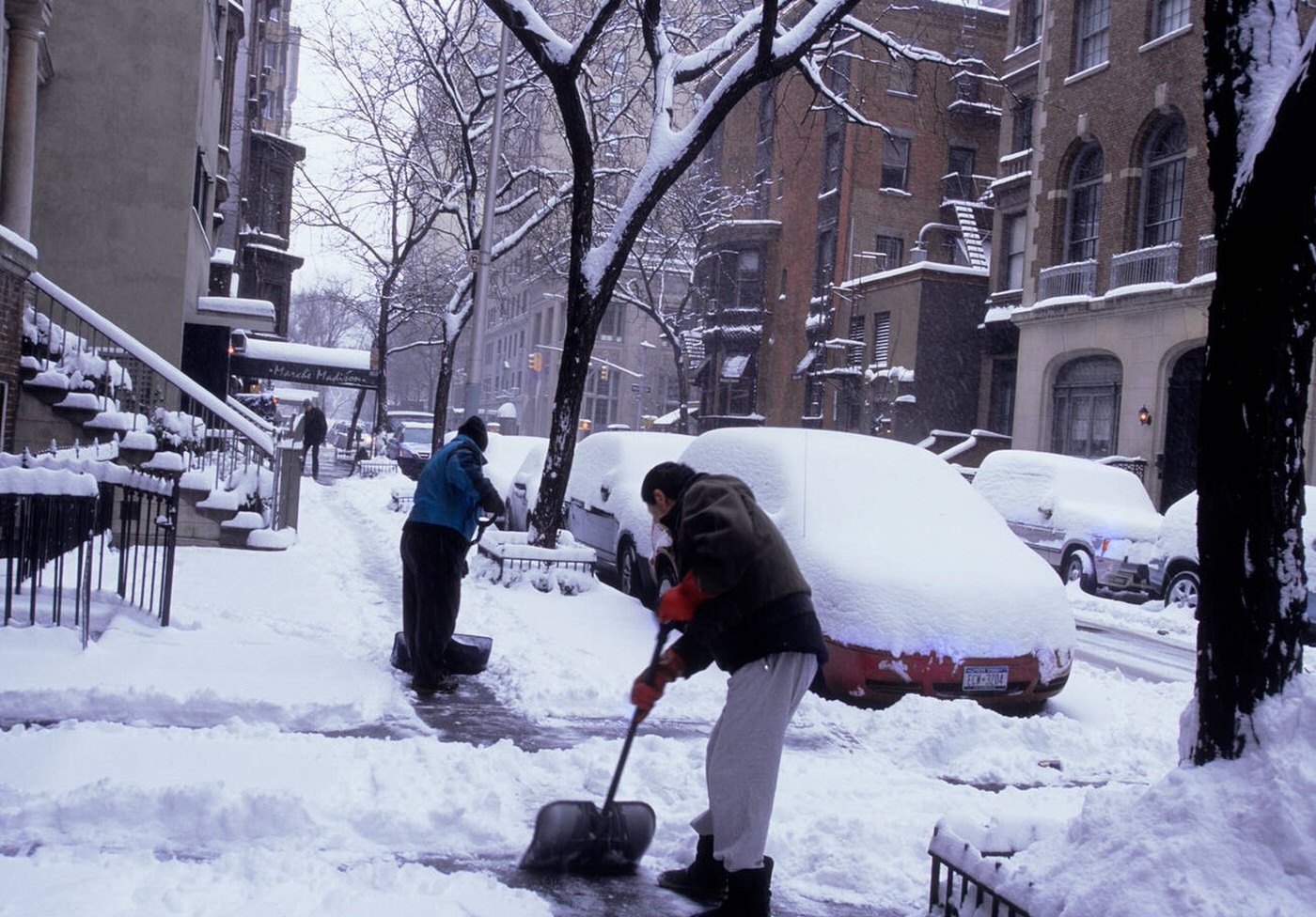
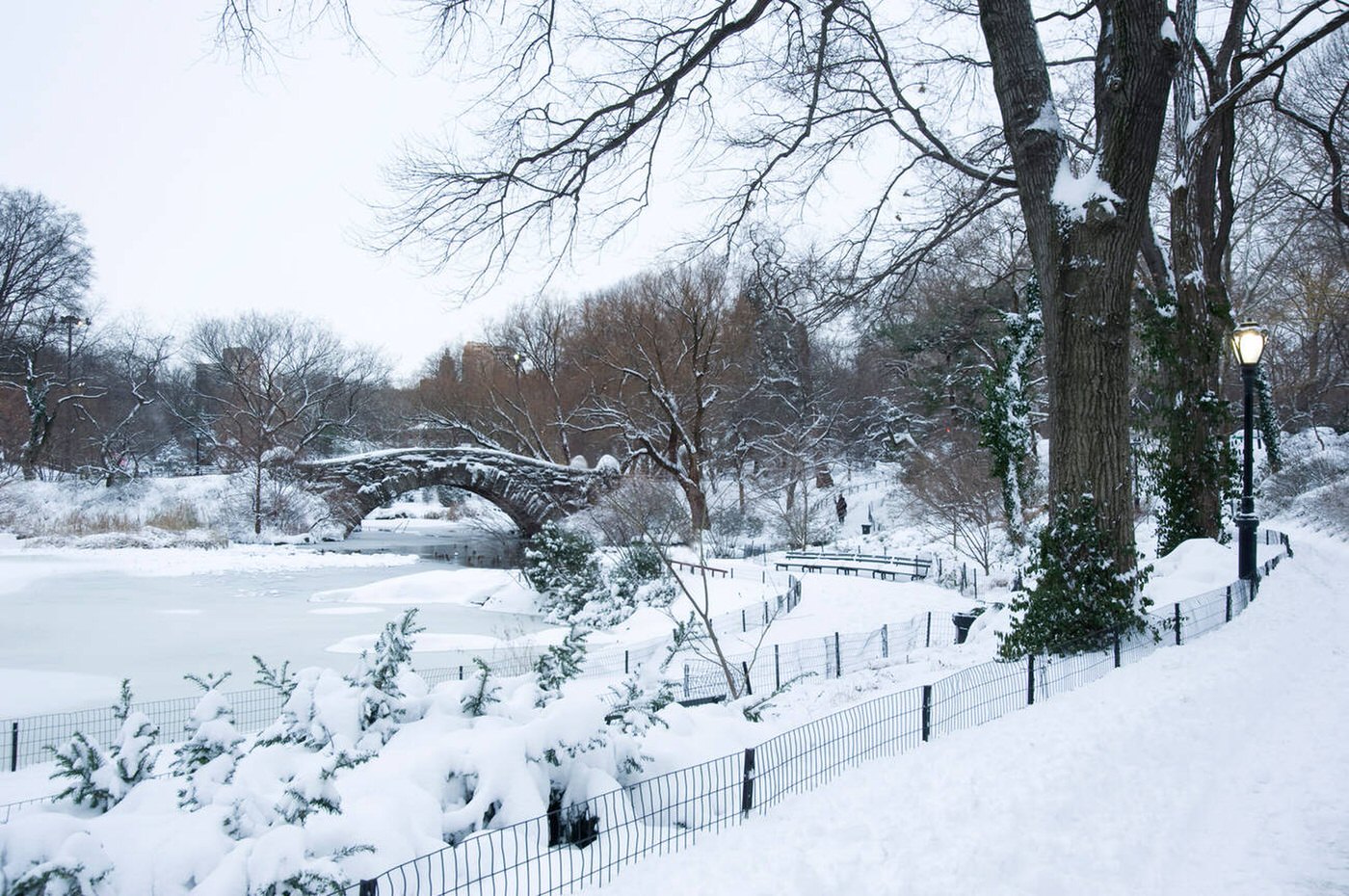
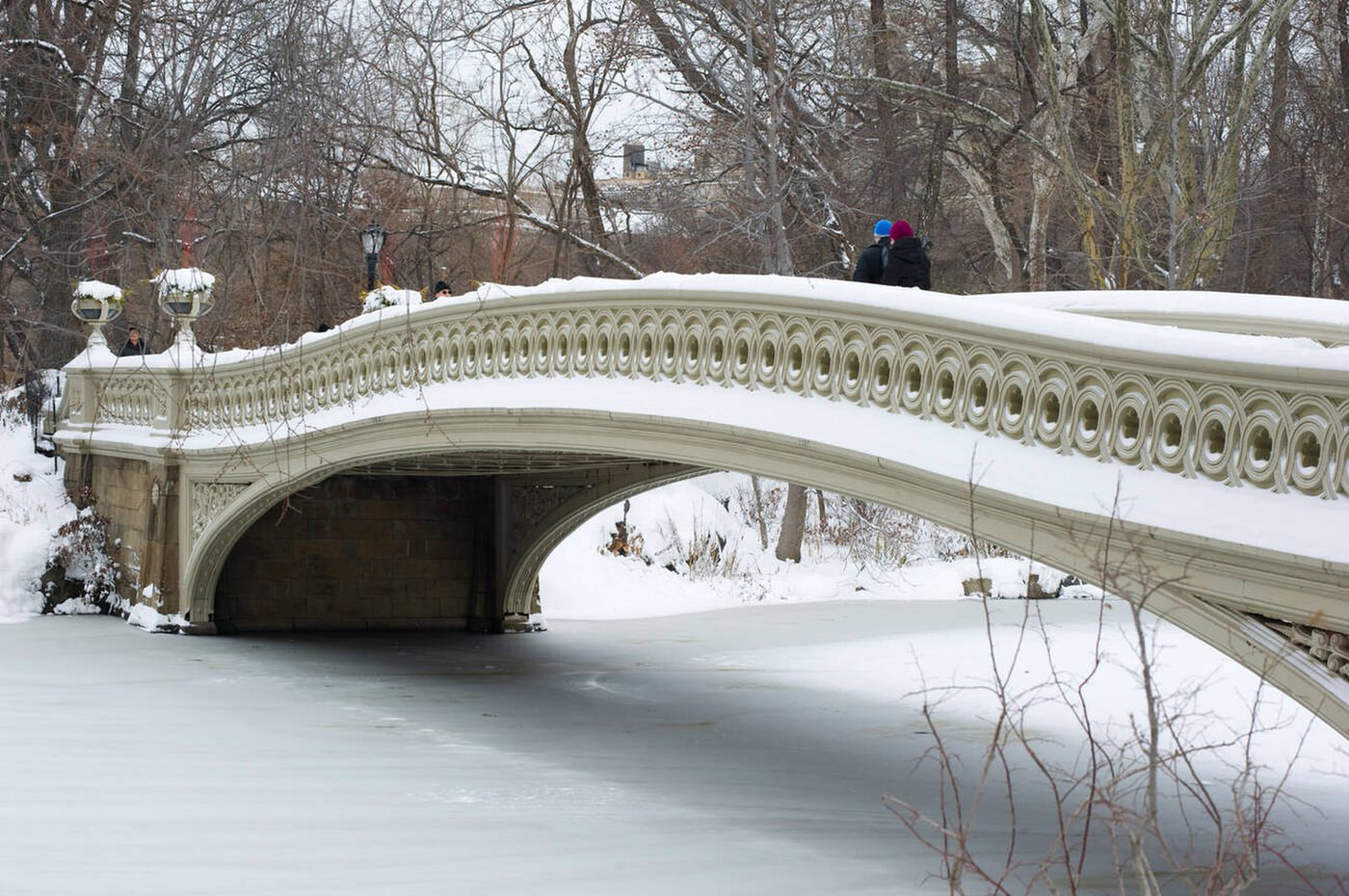
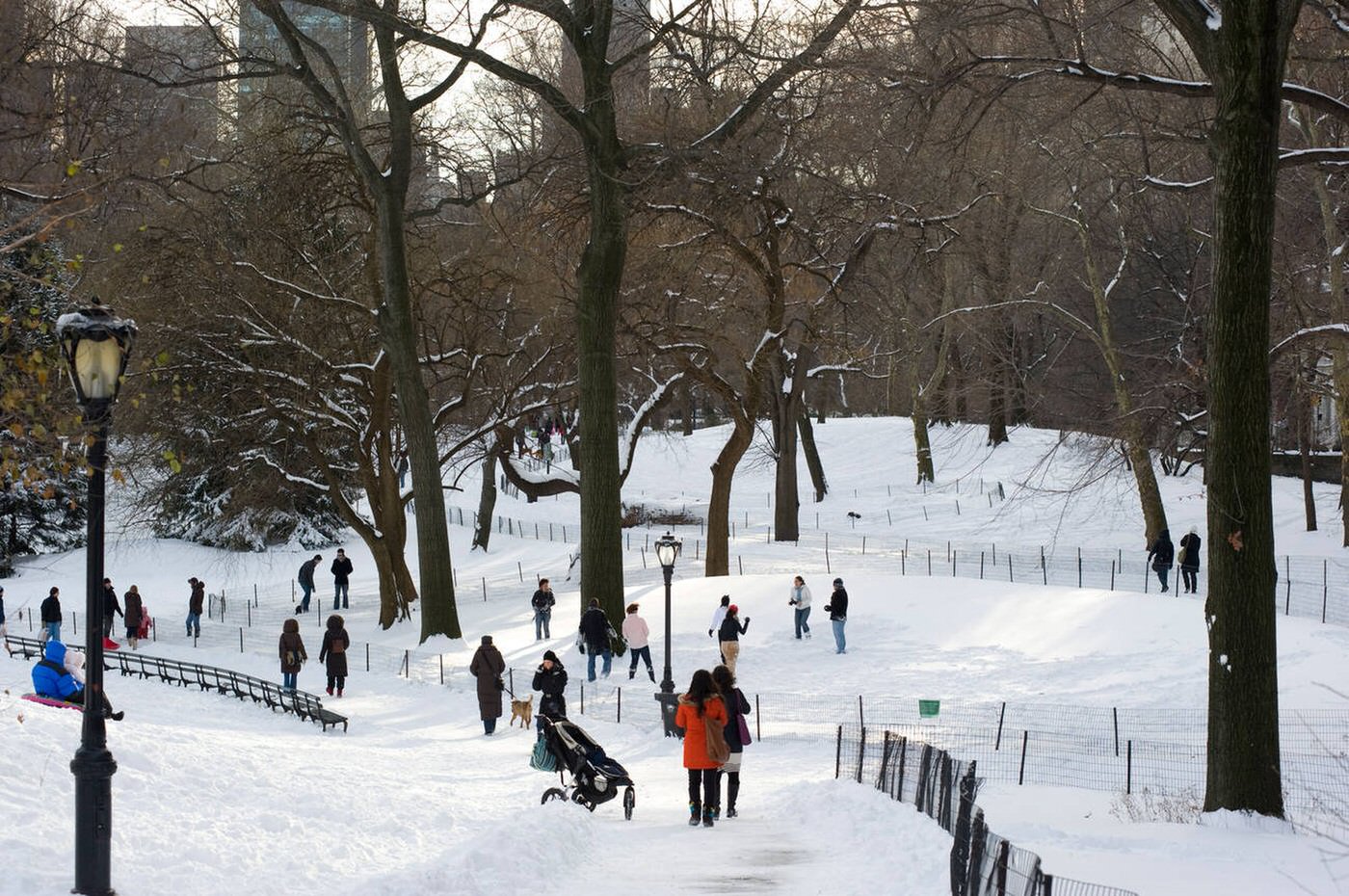





GIPHY App Key not set. Please check settings